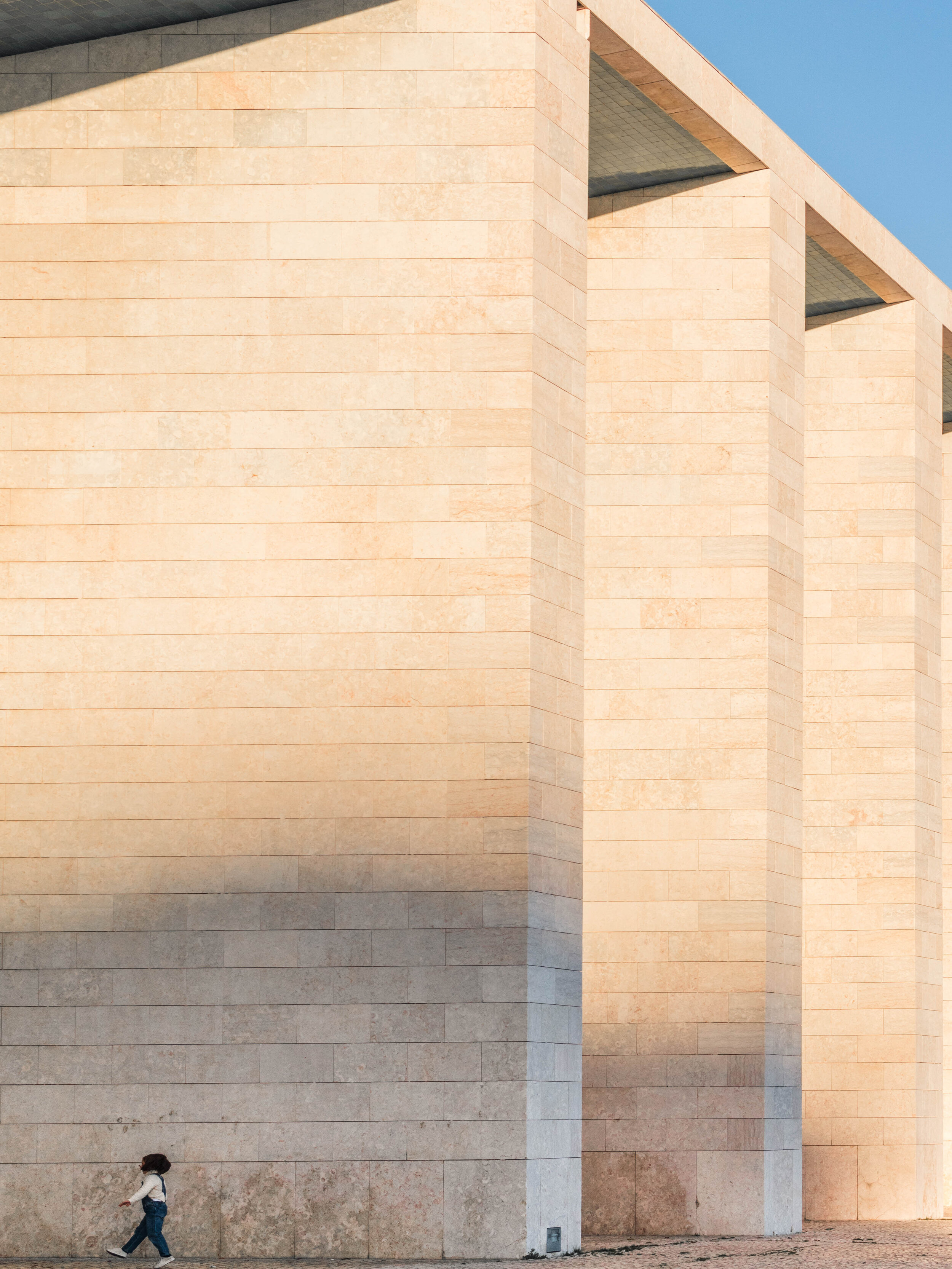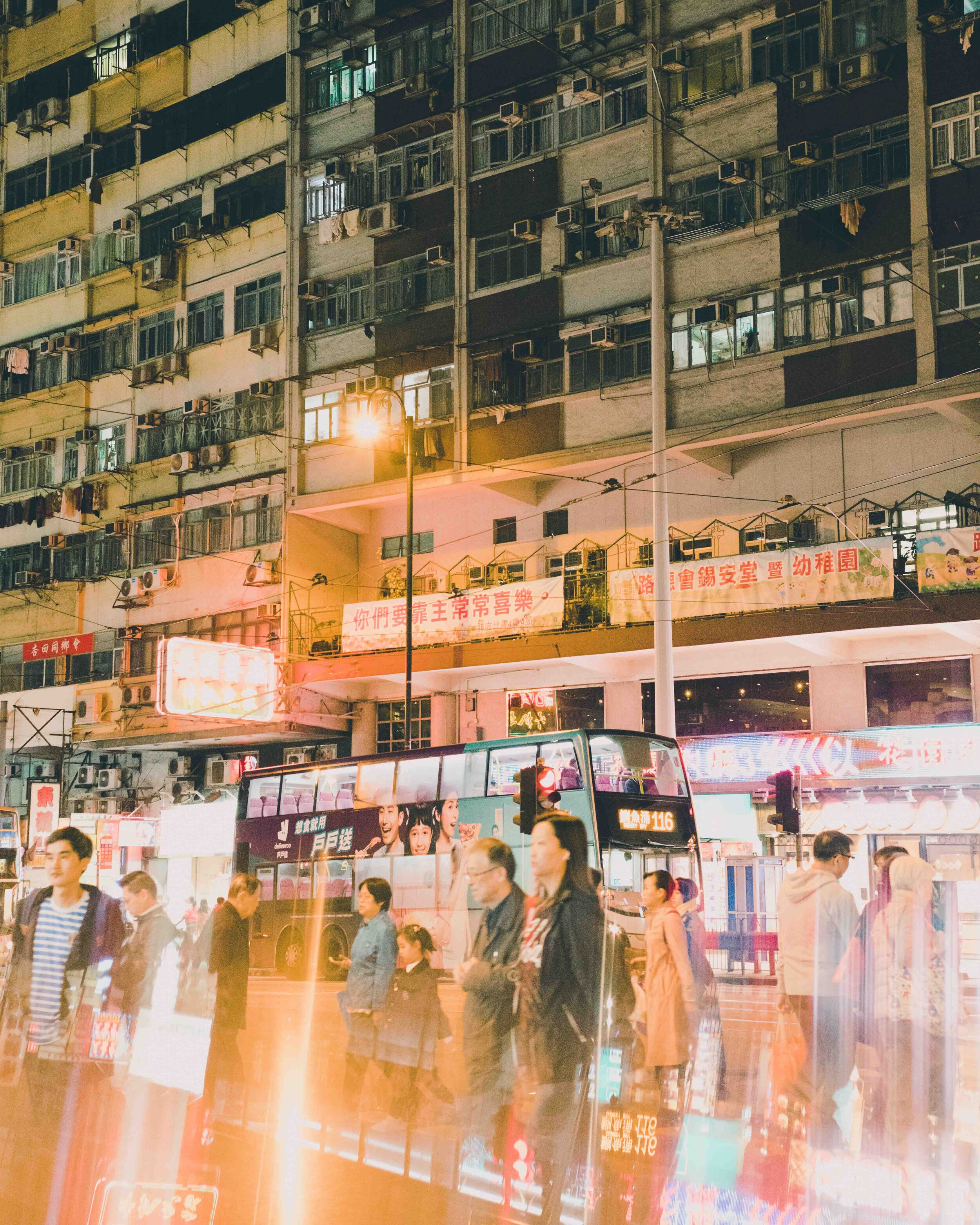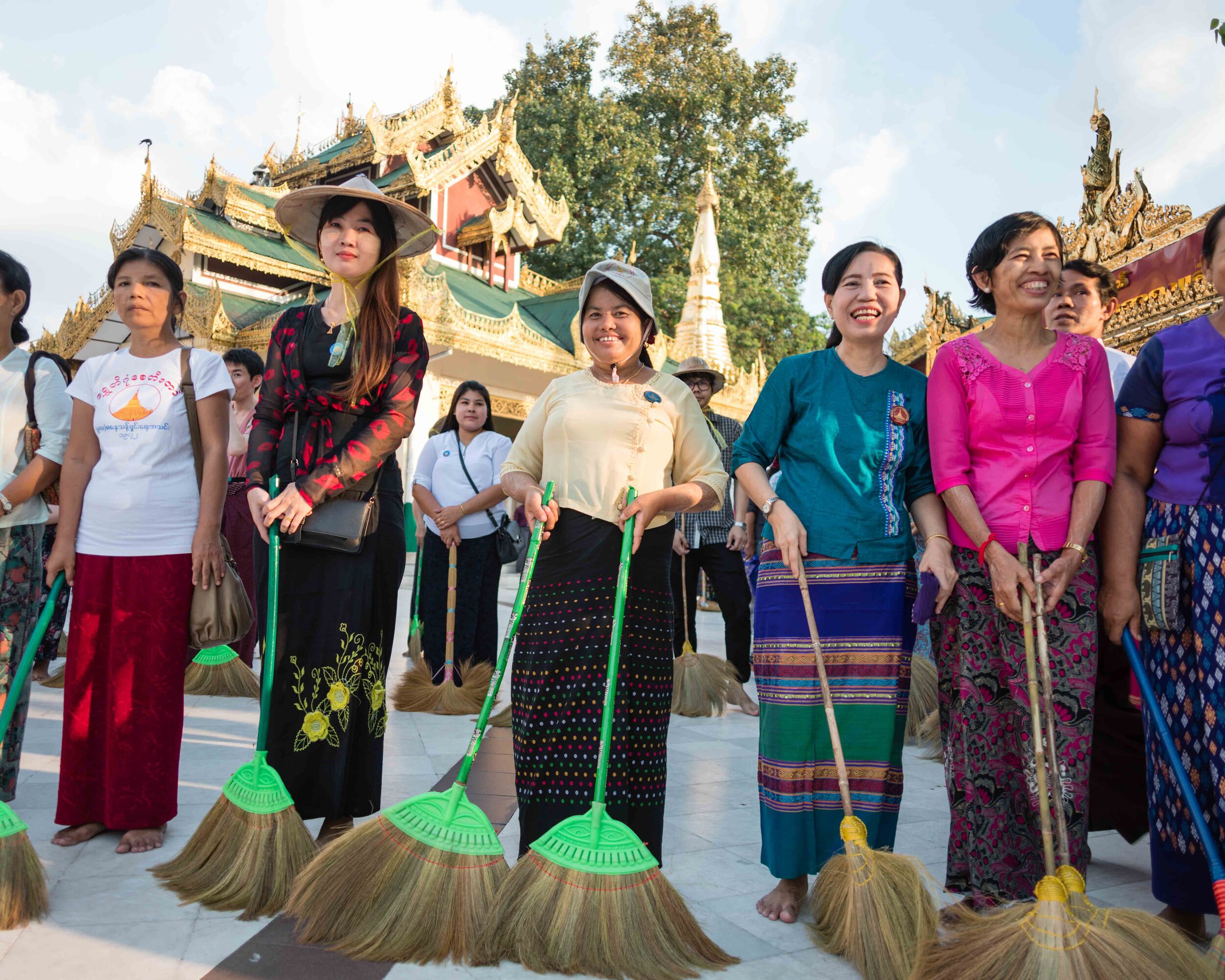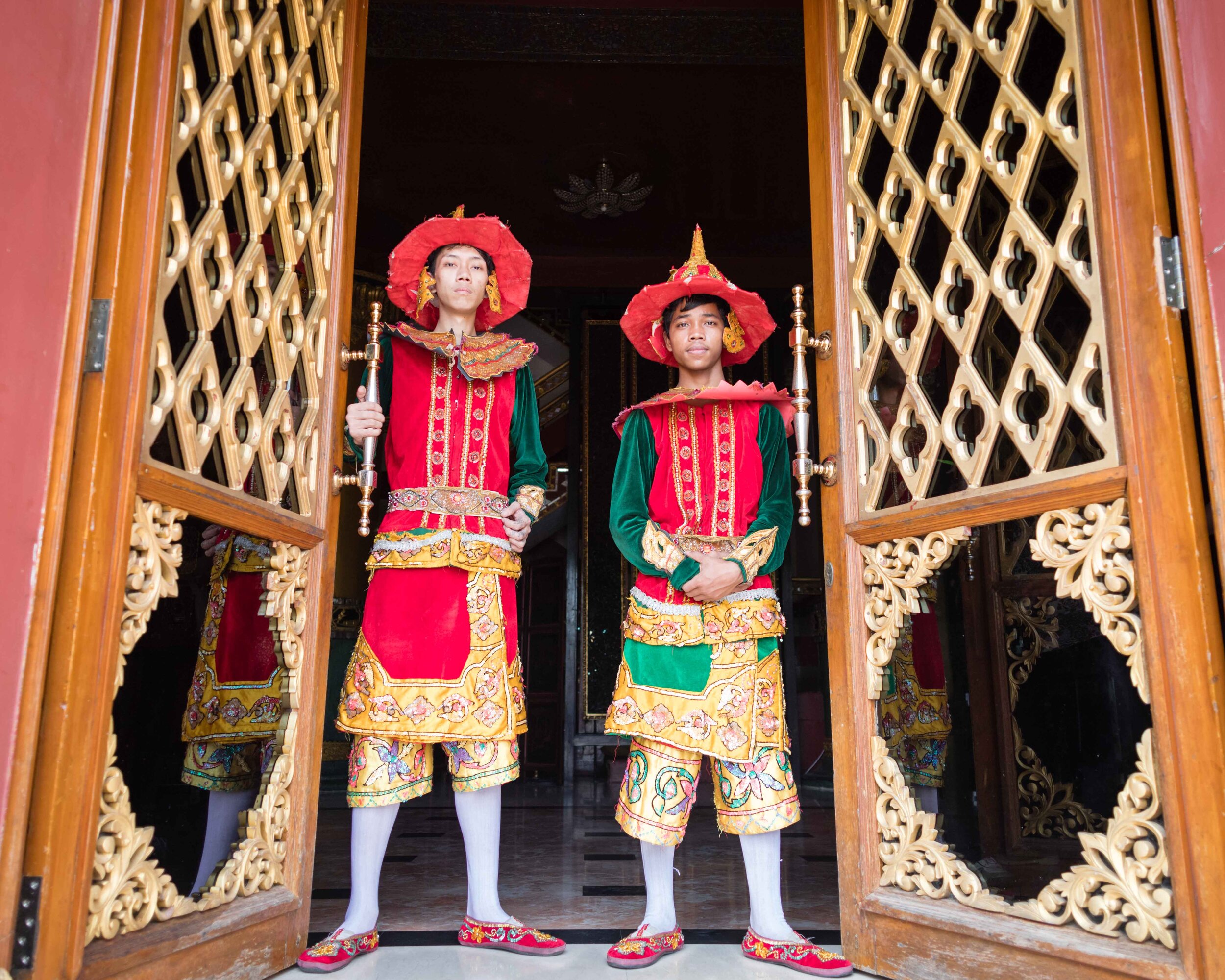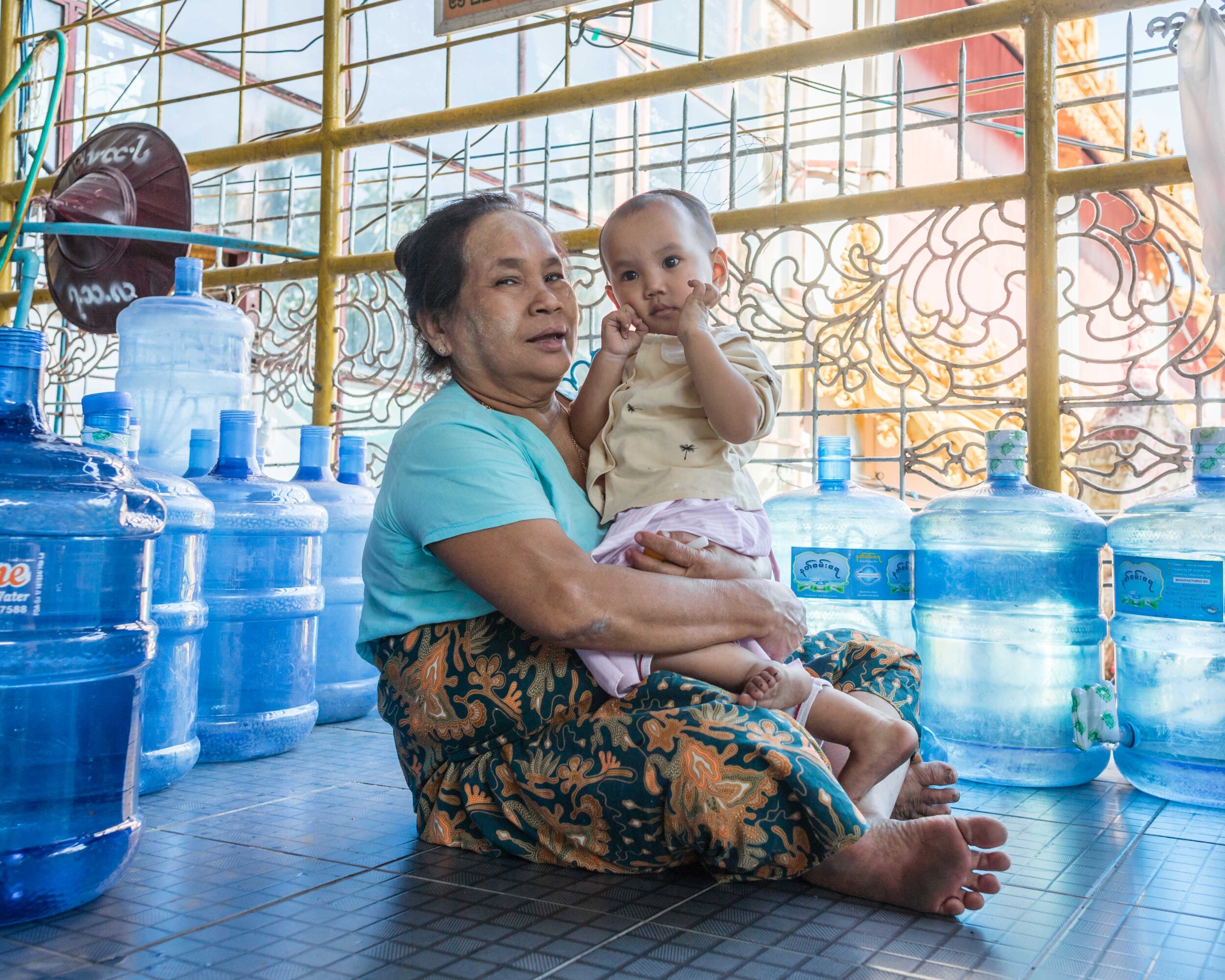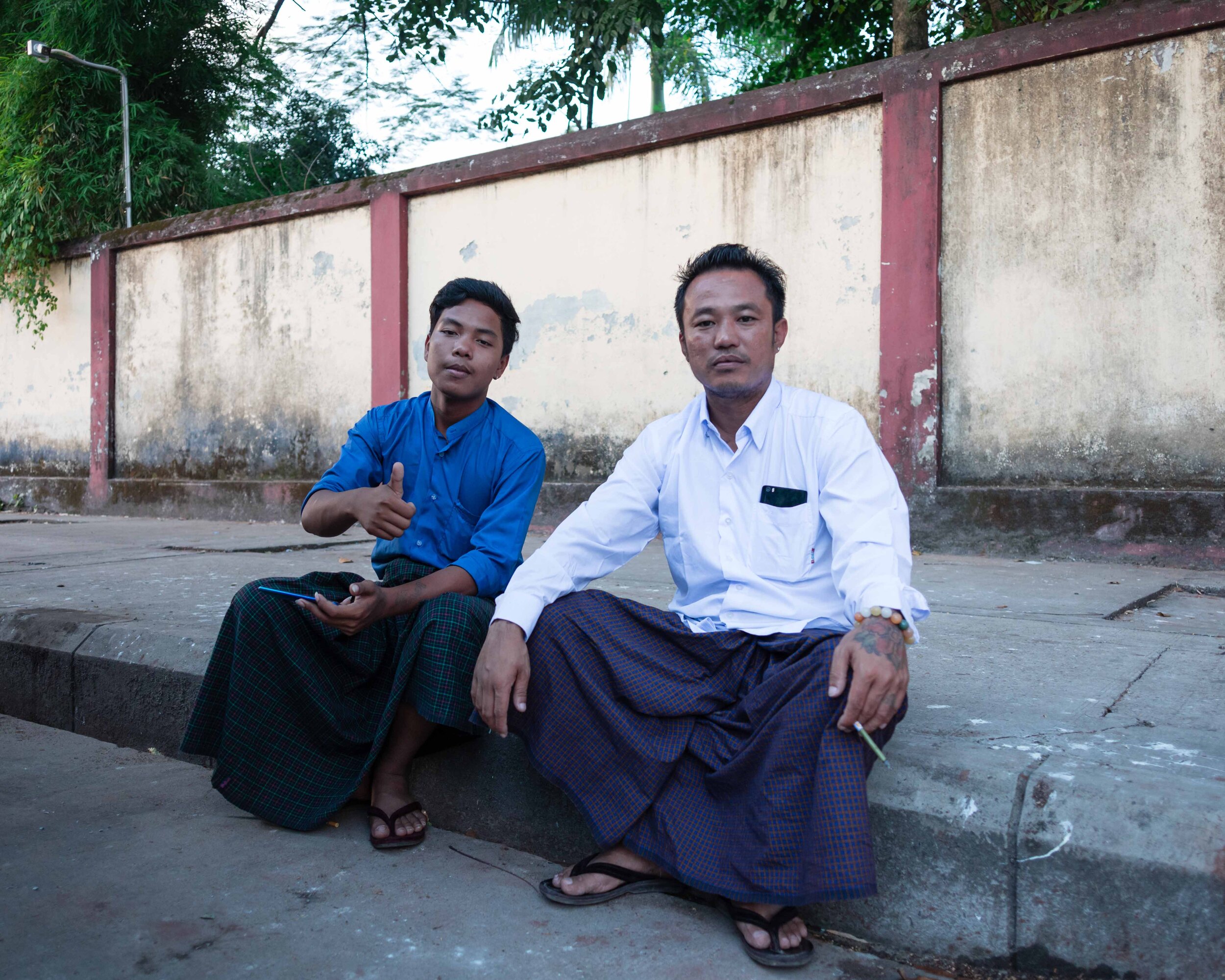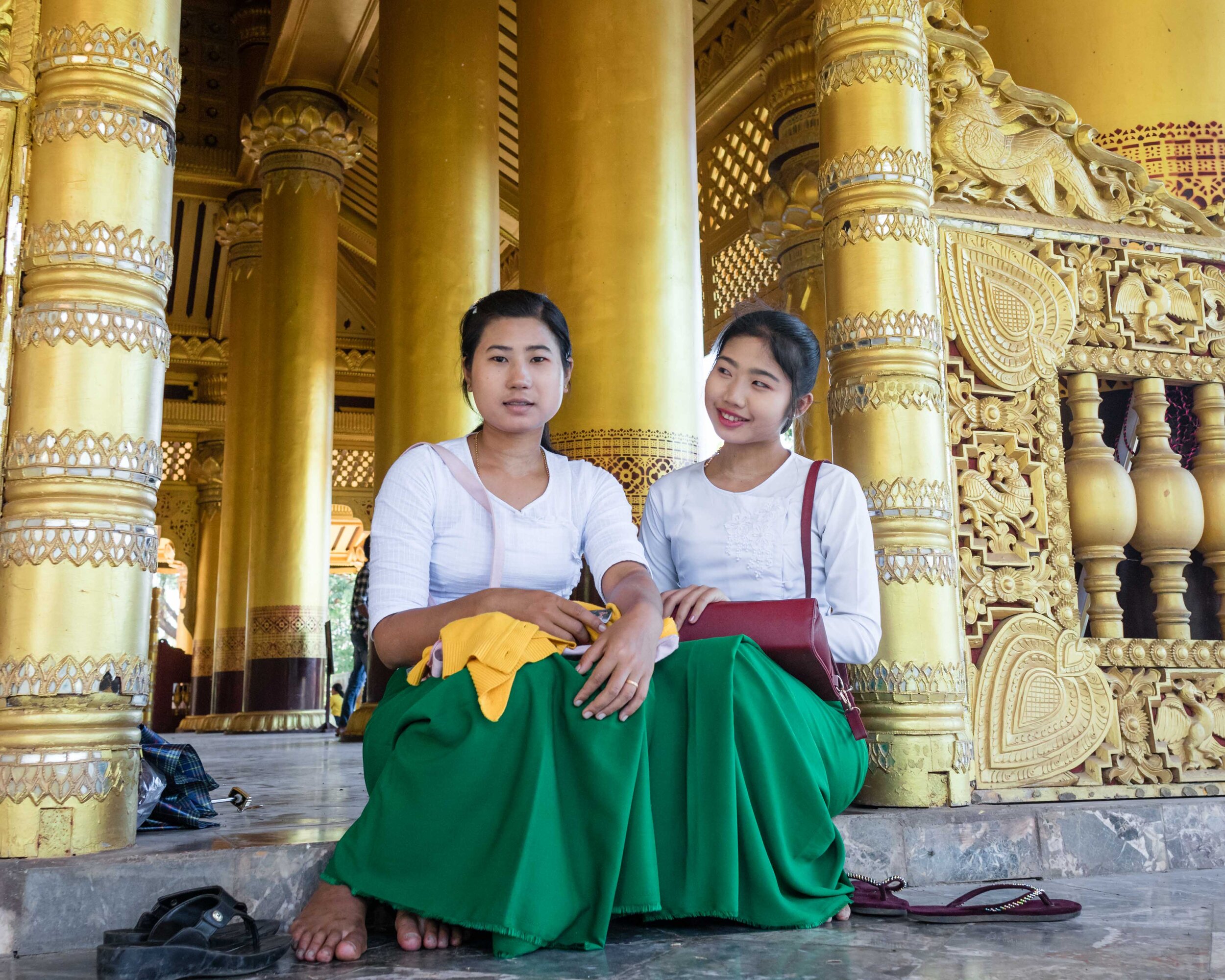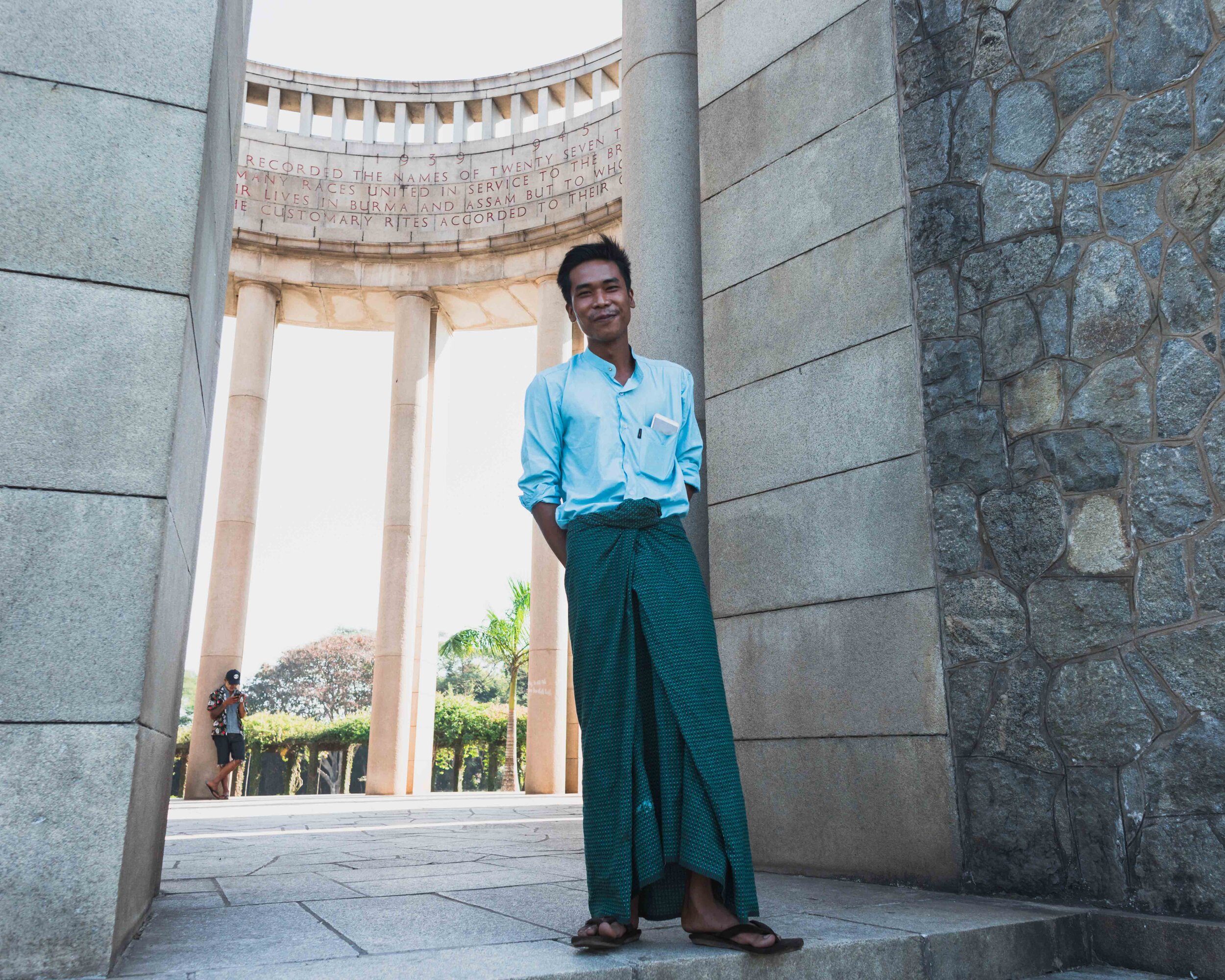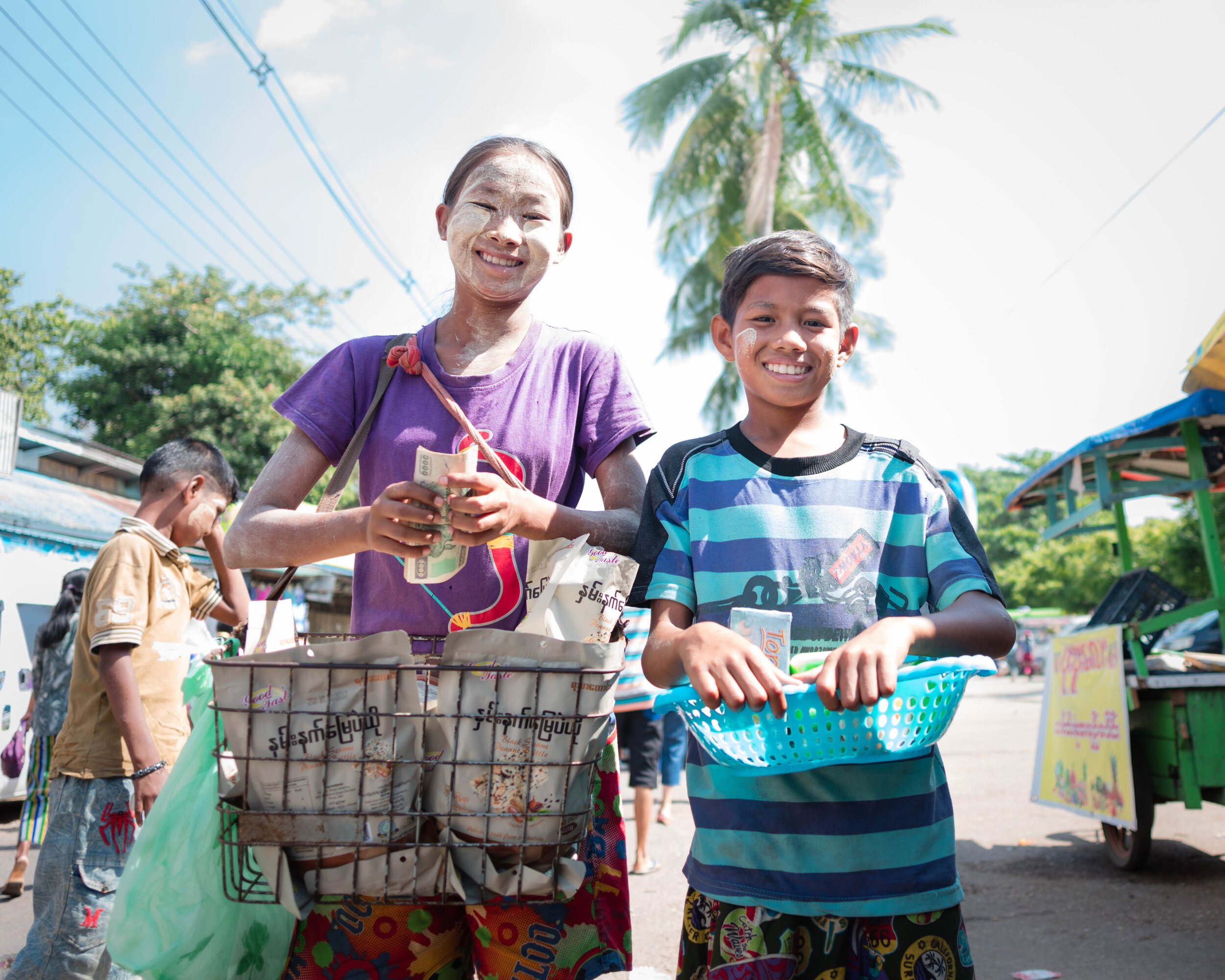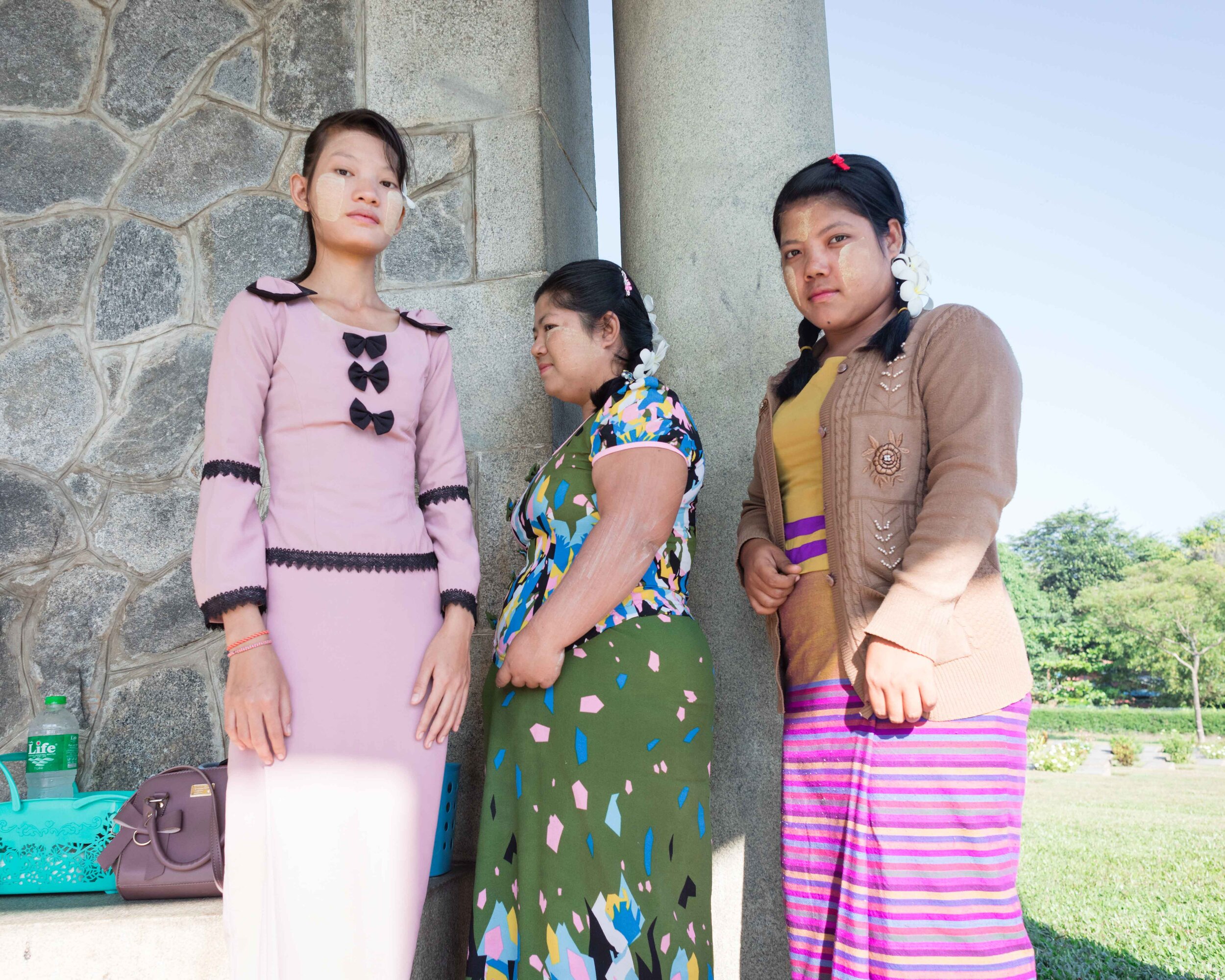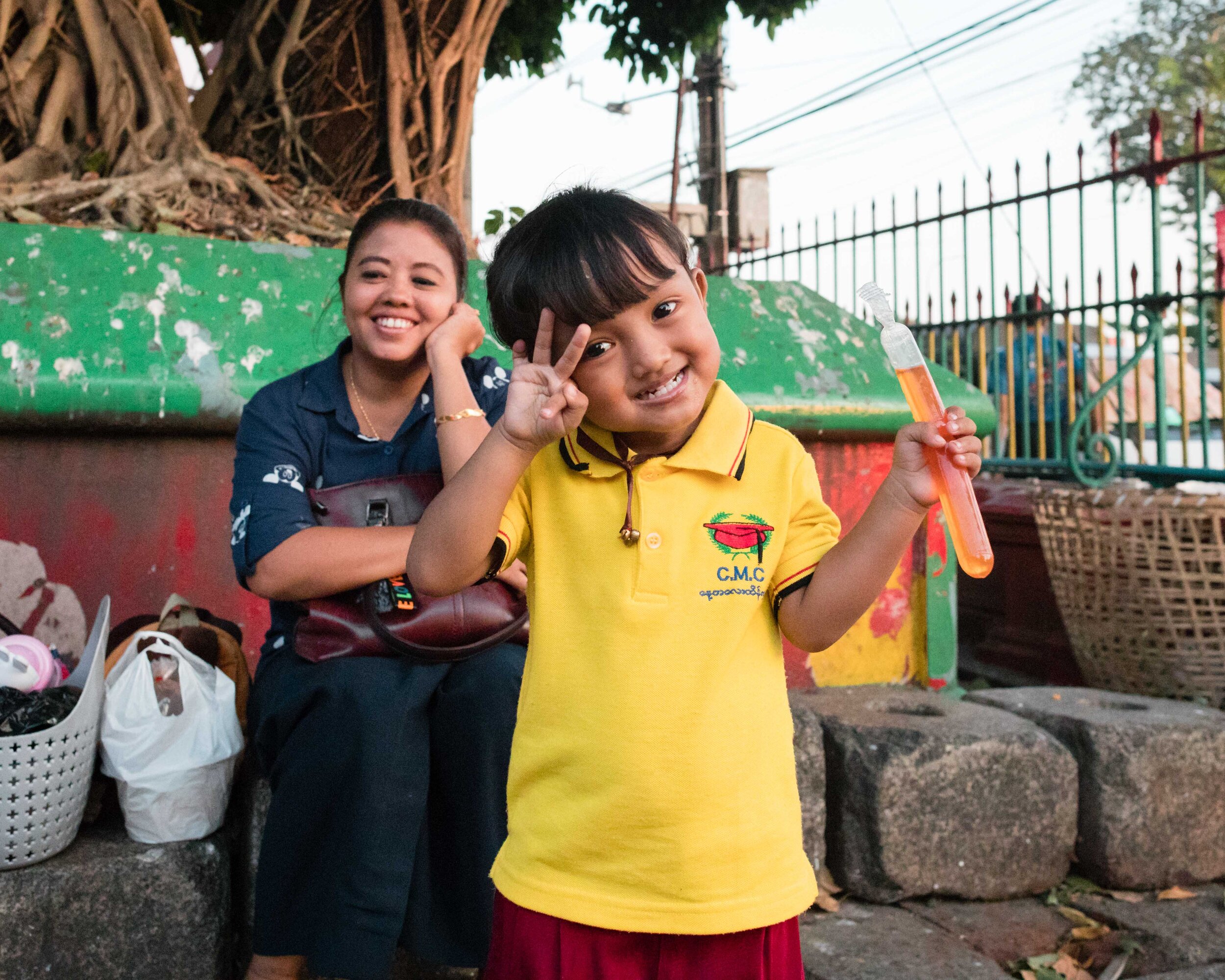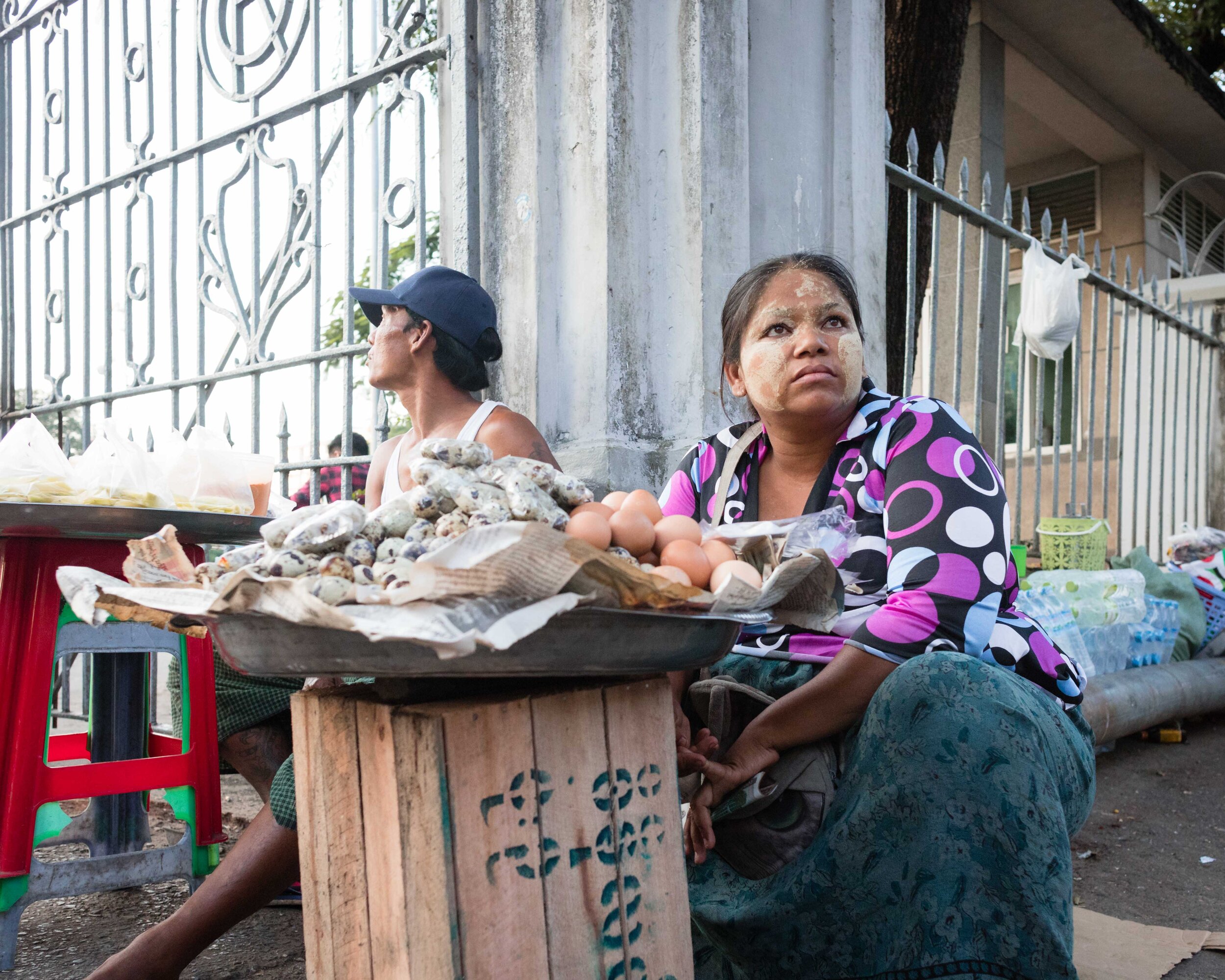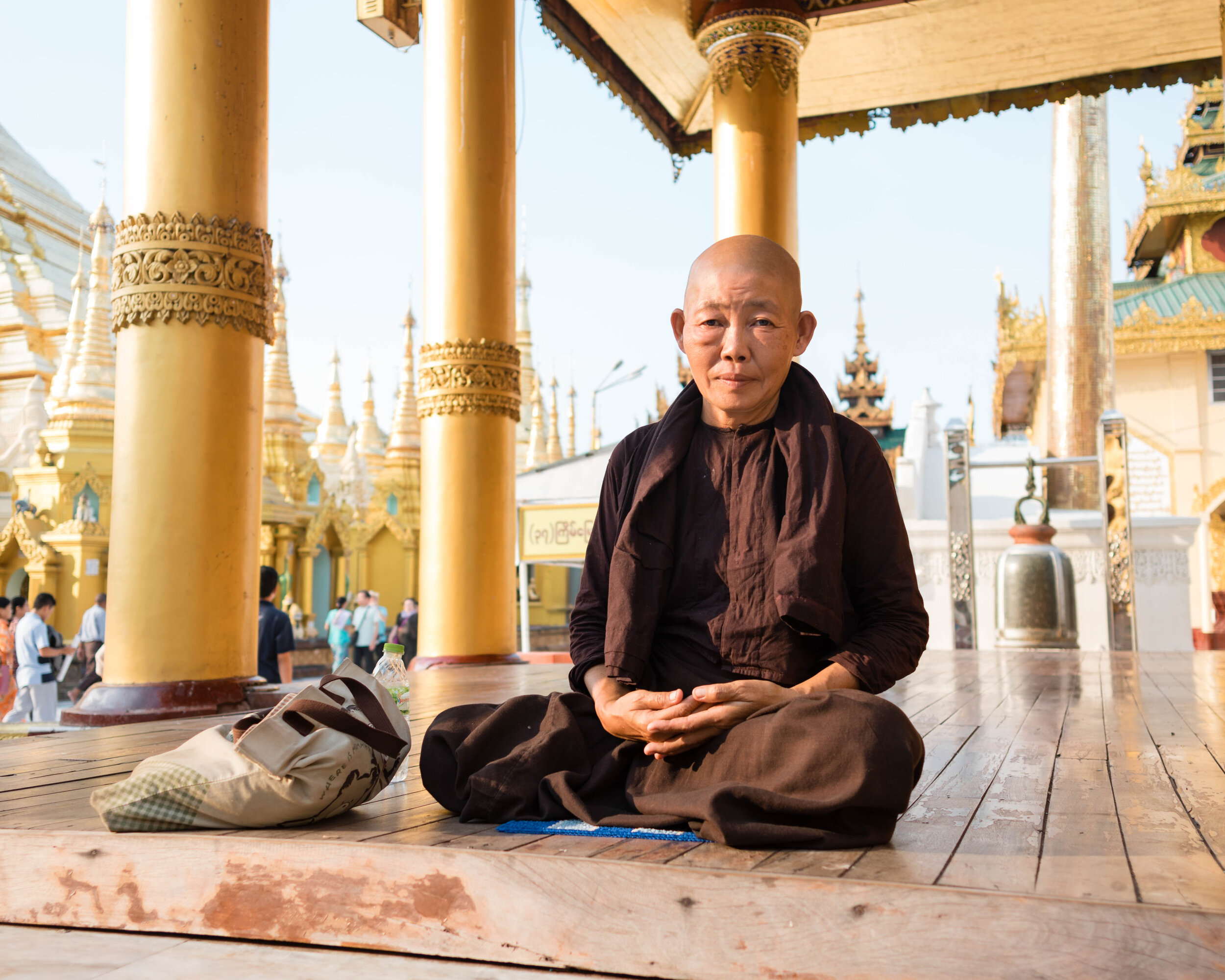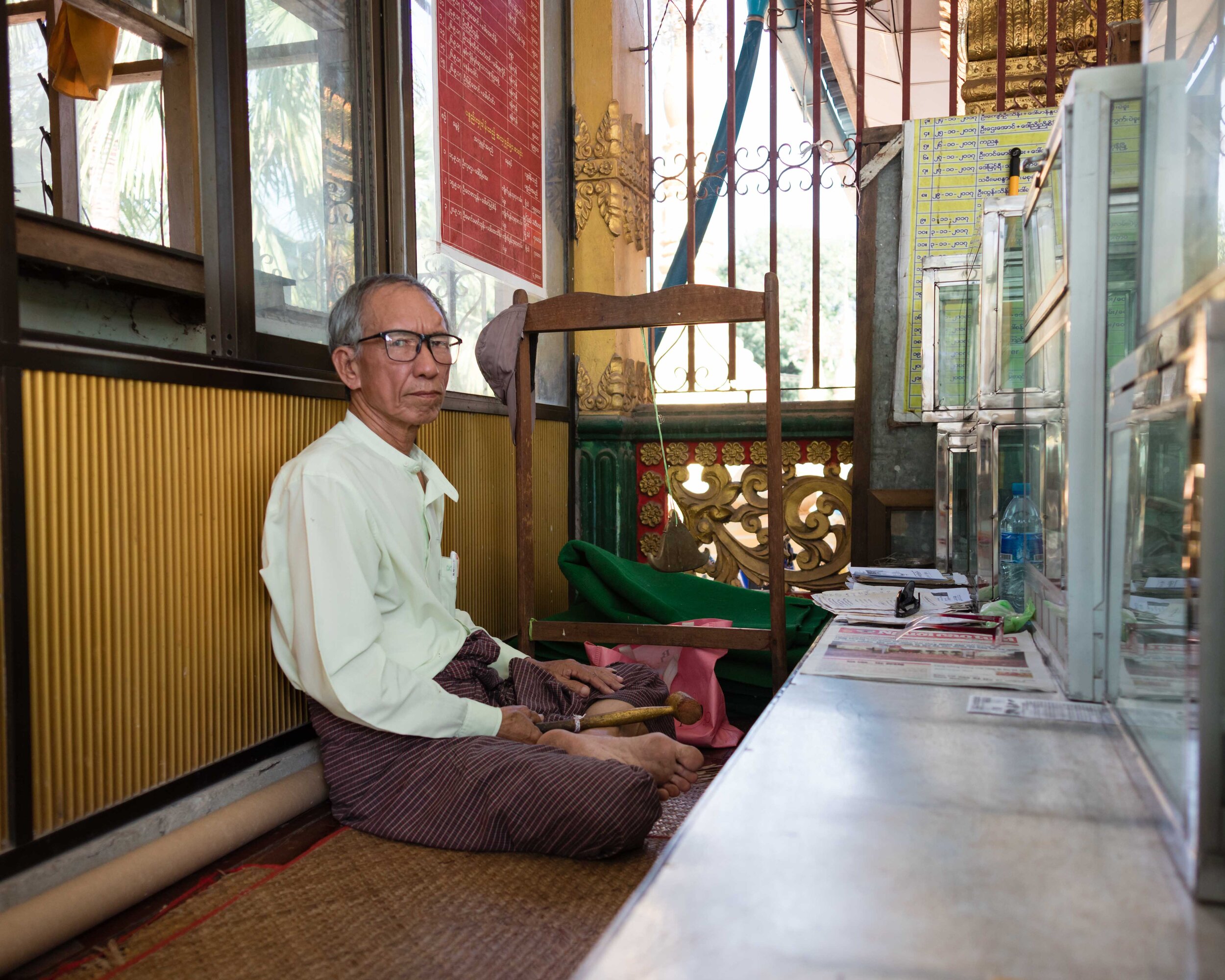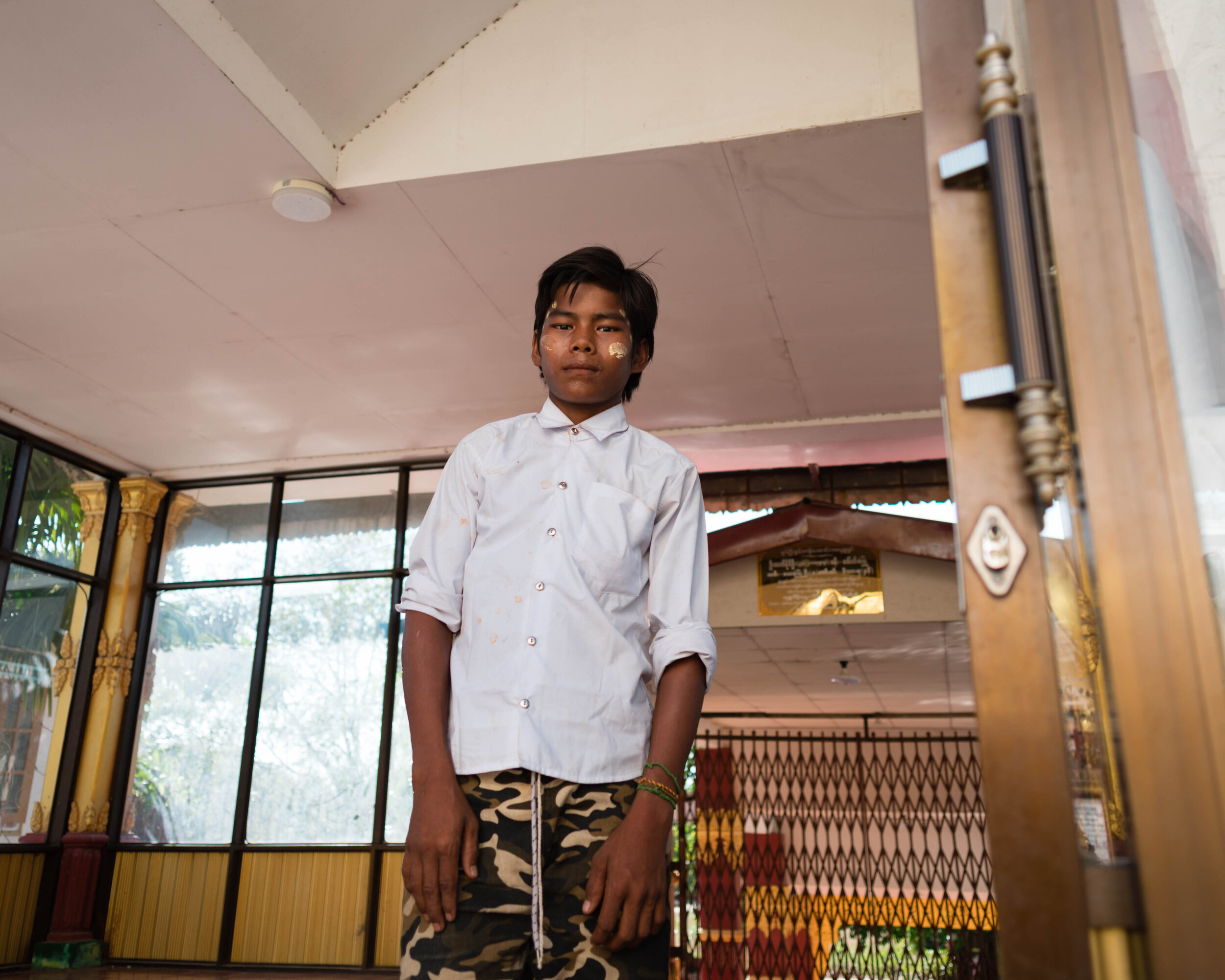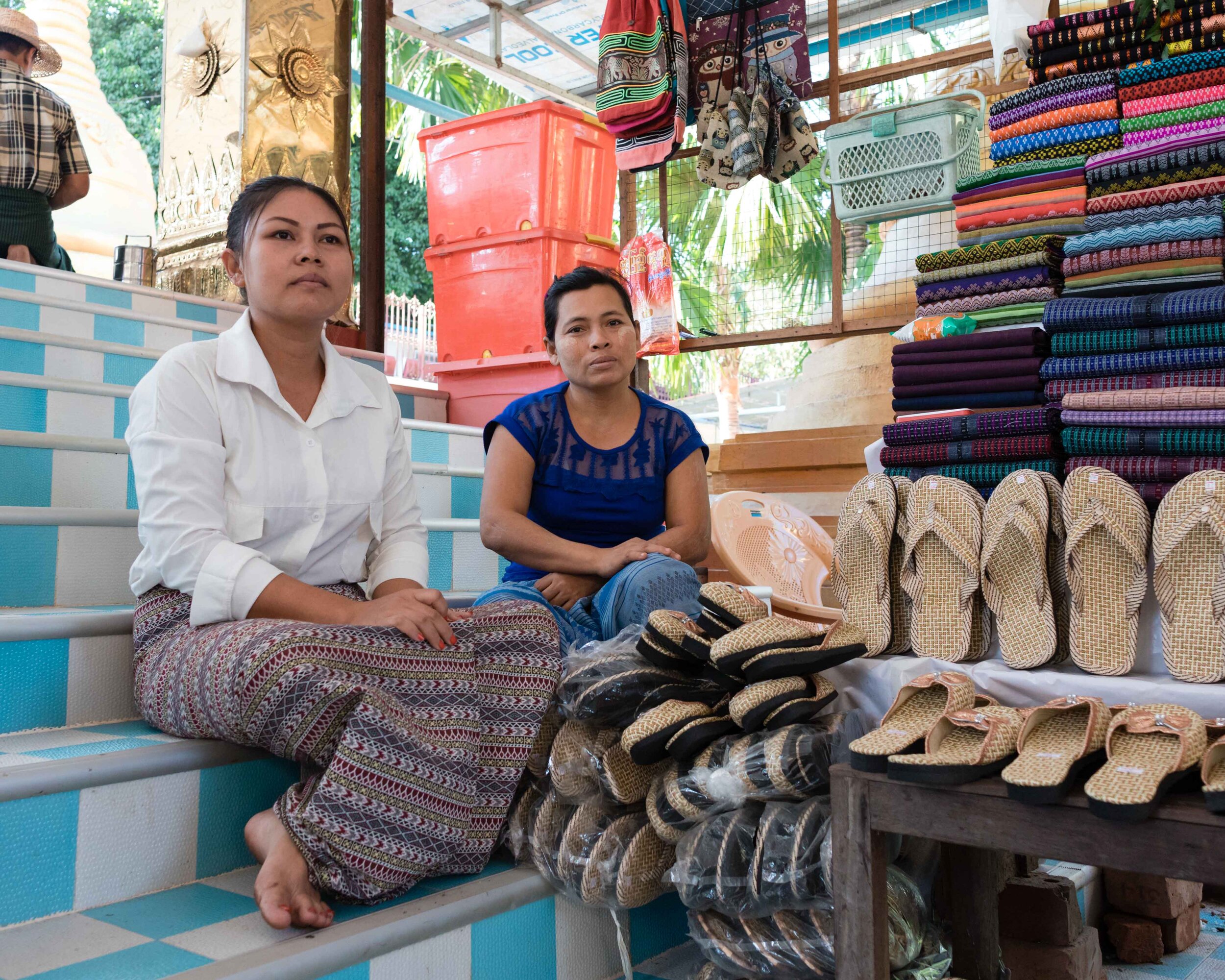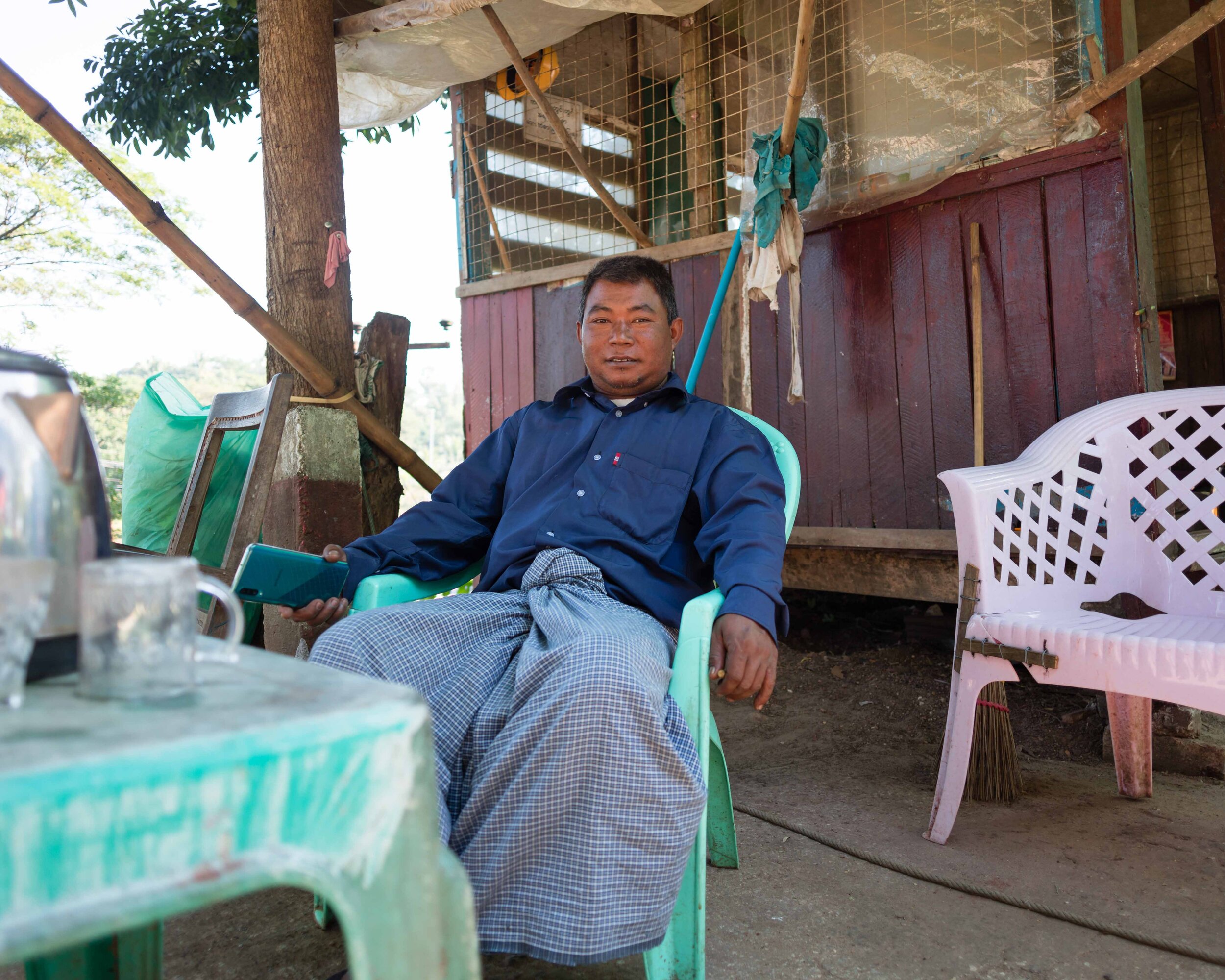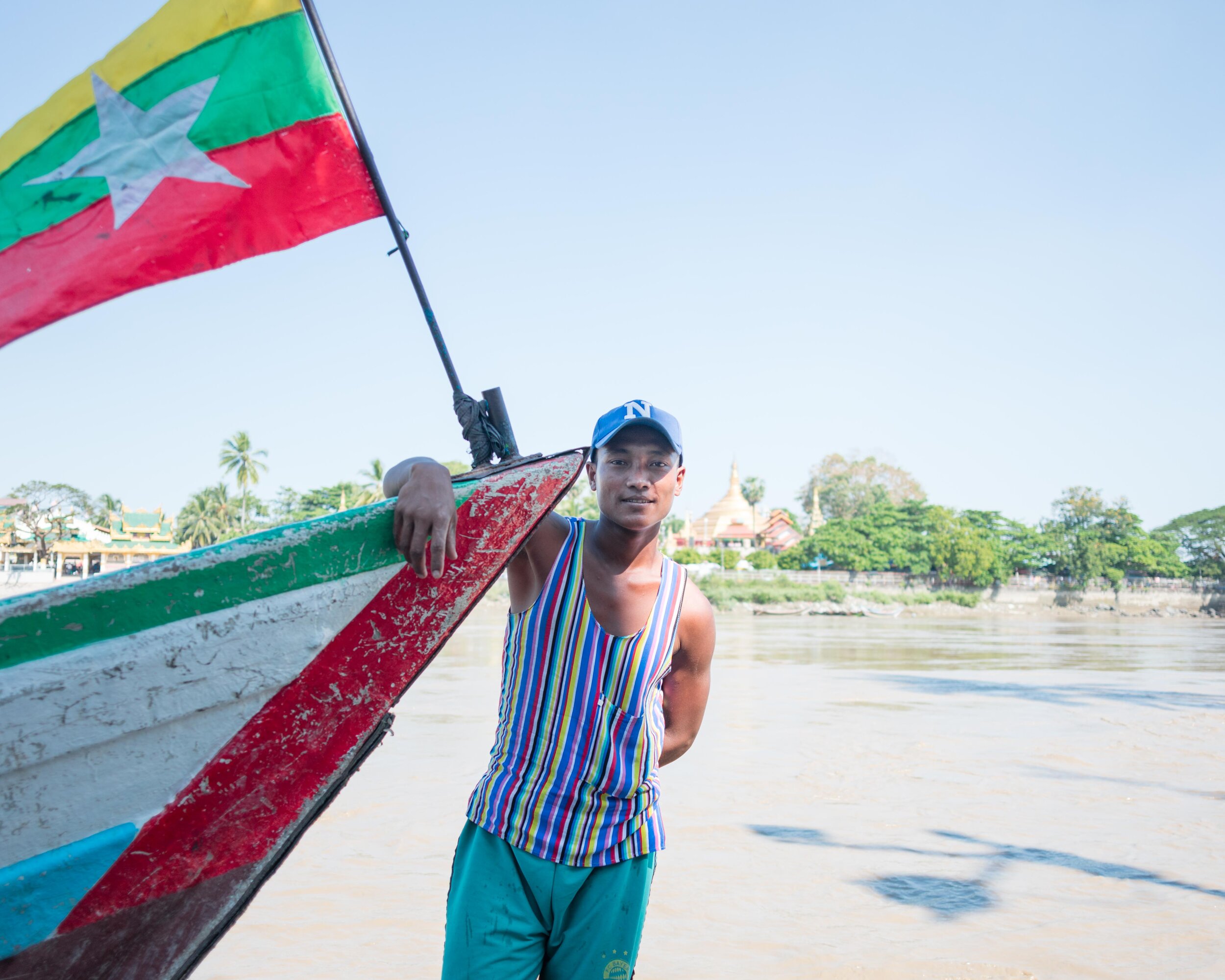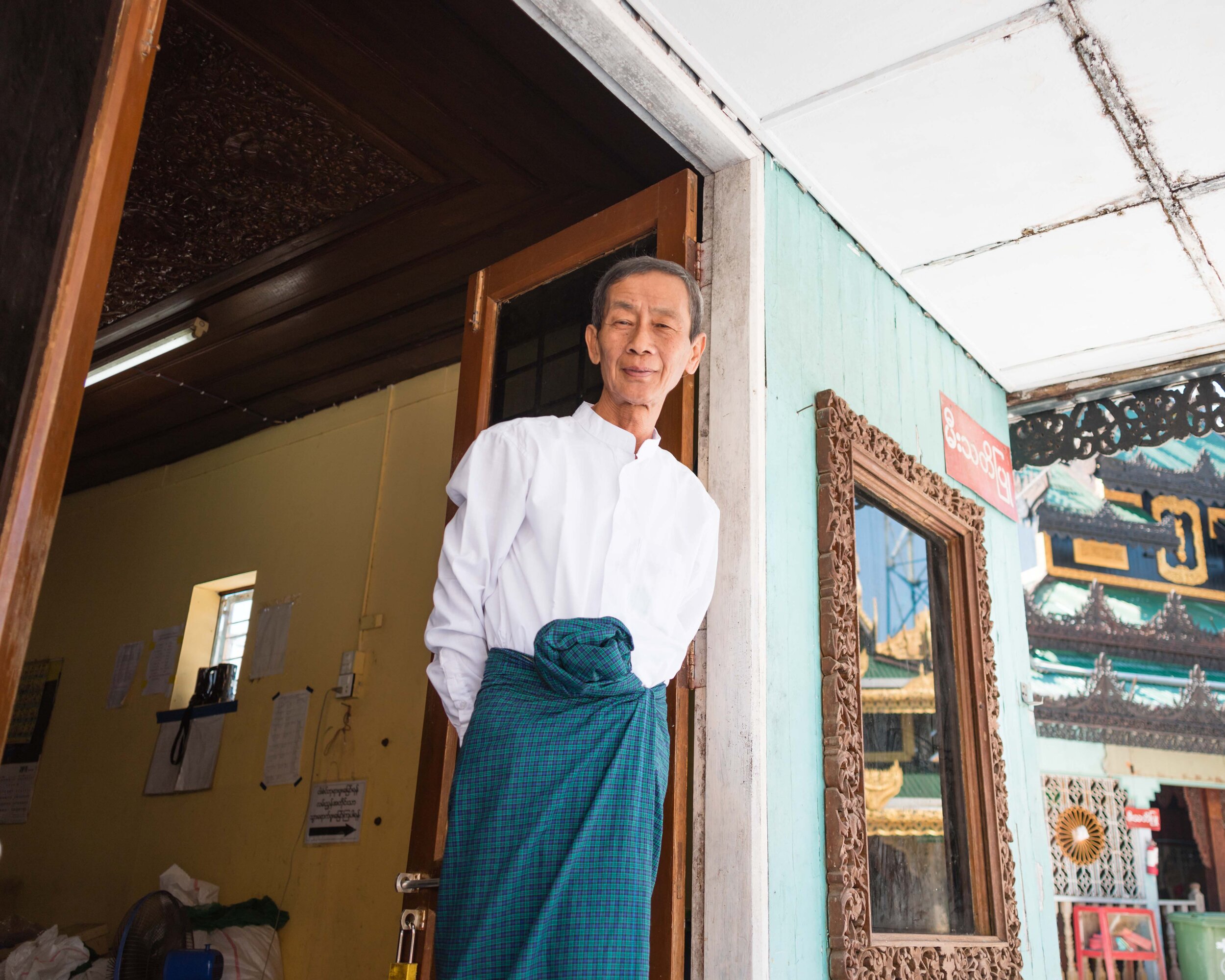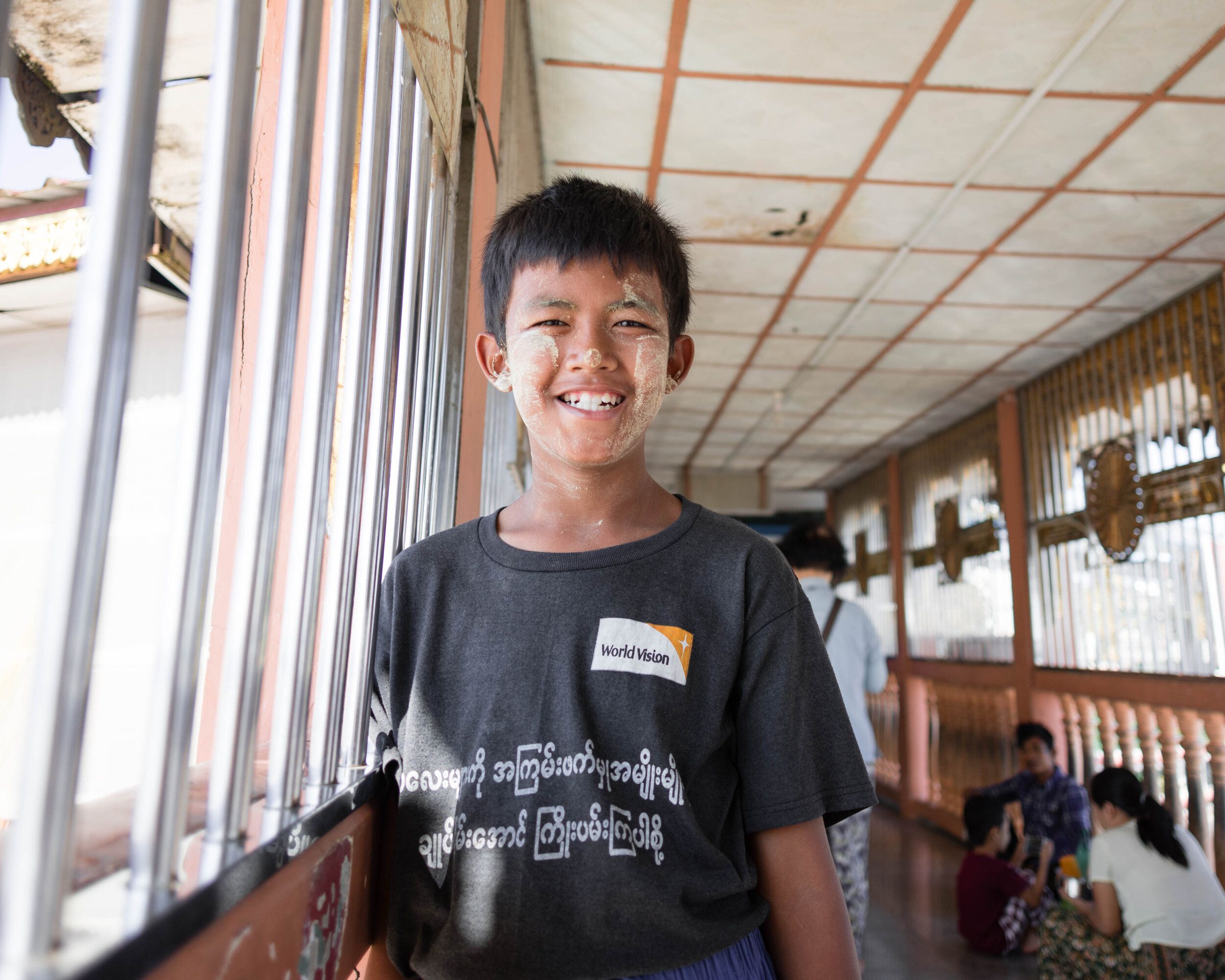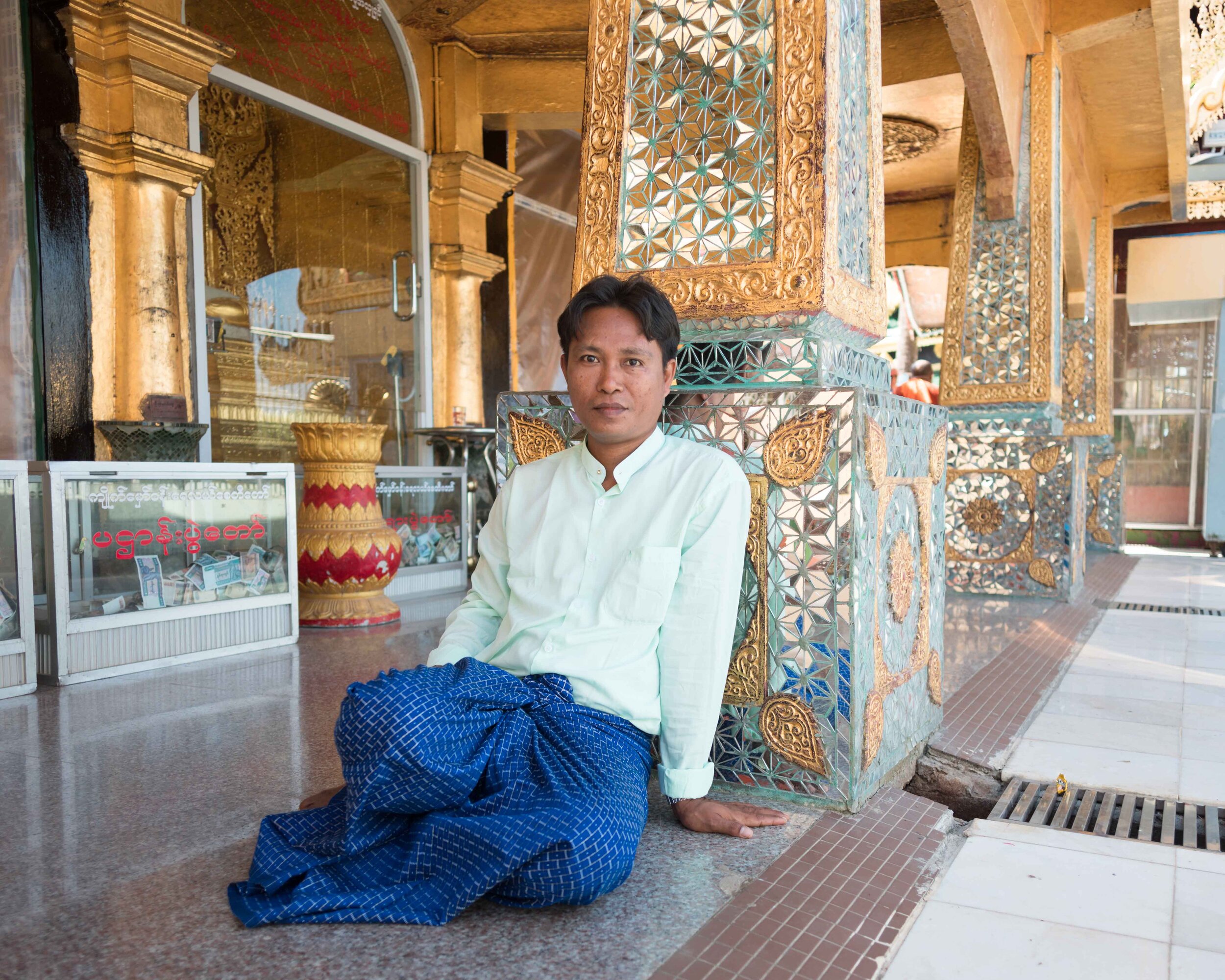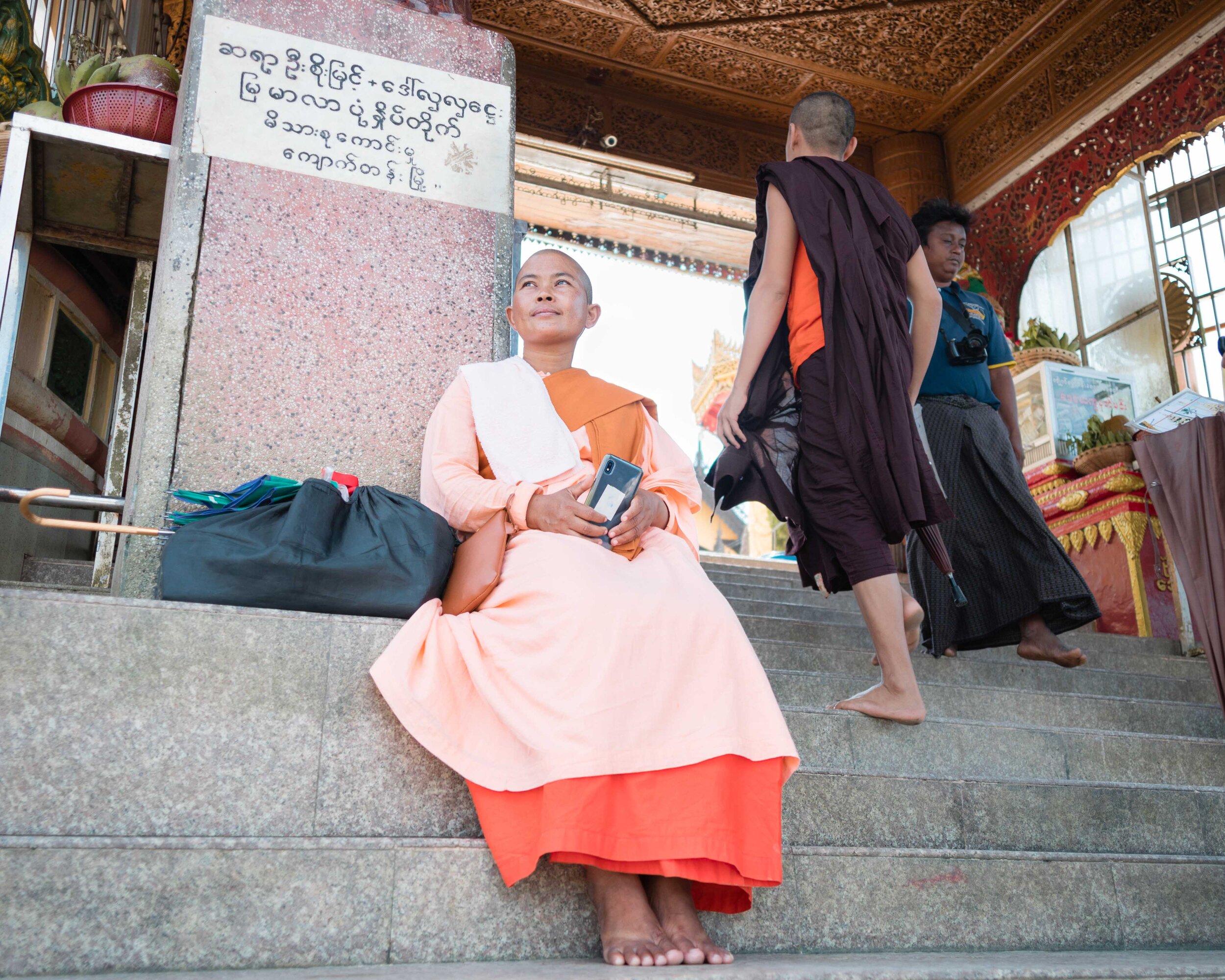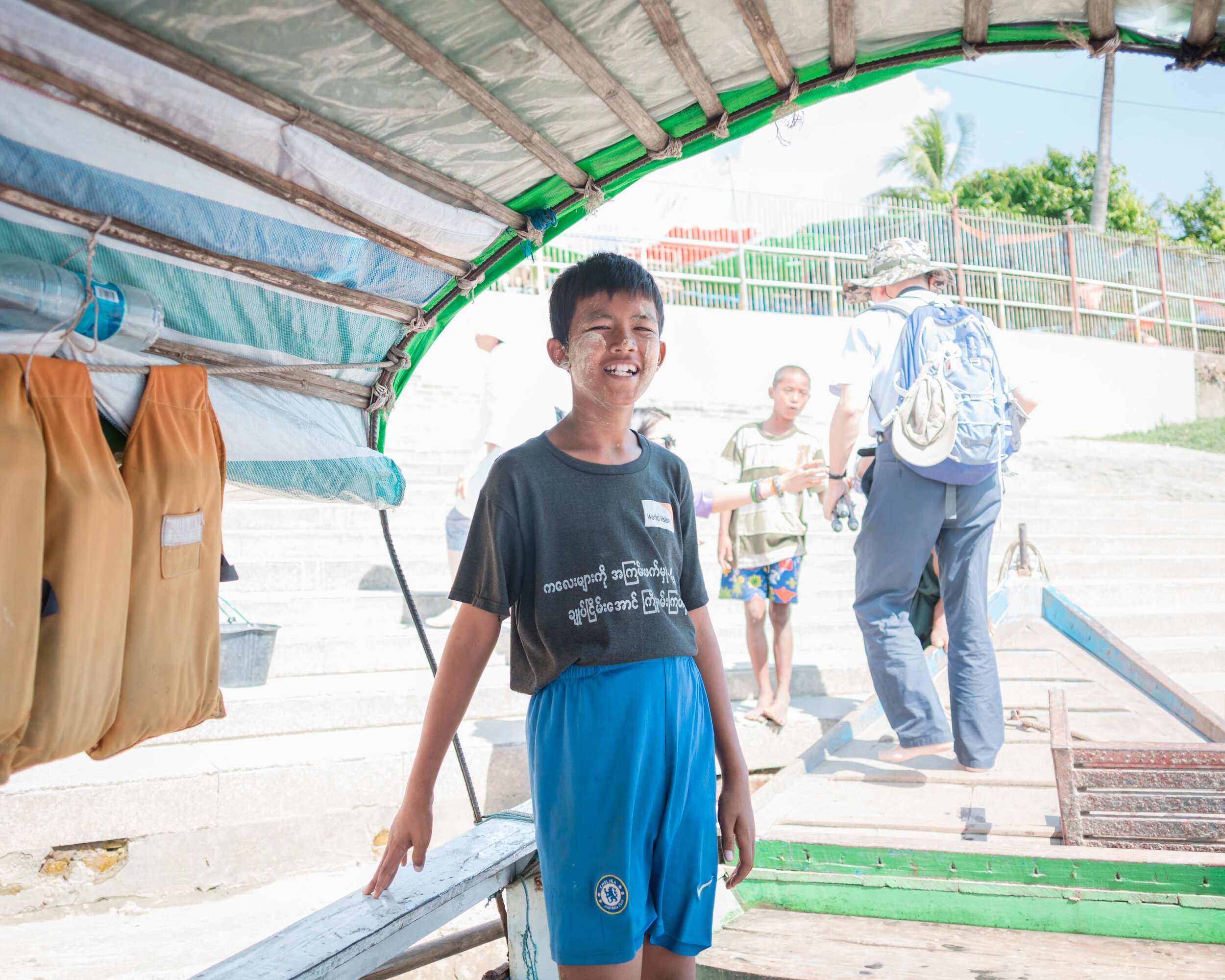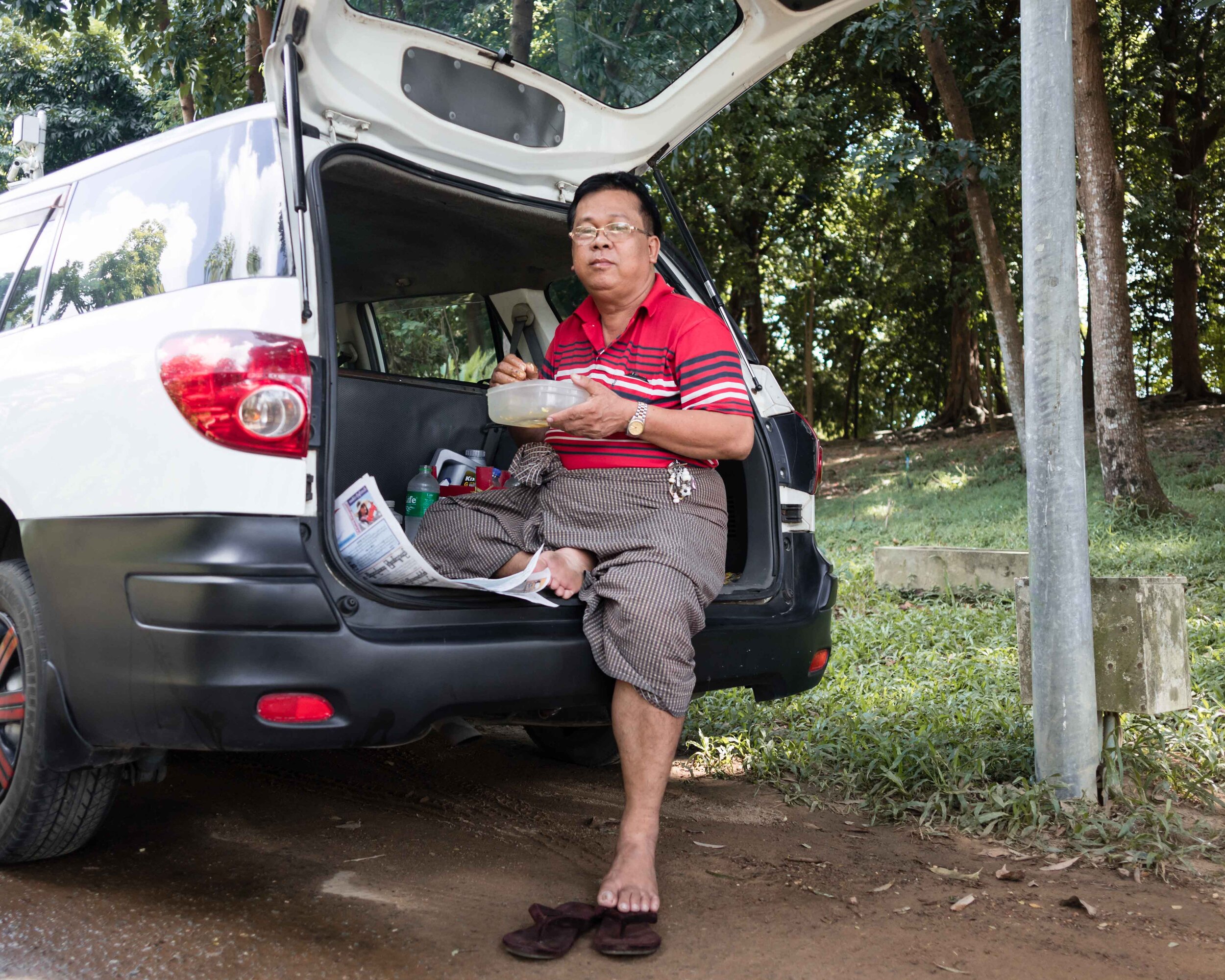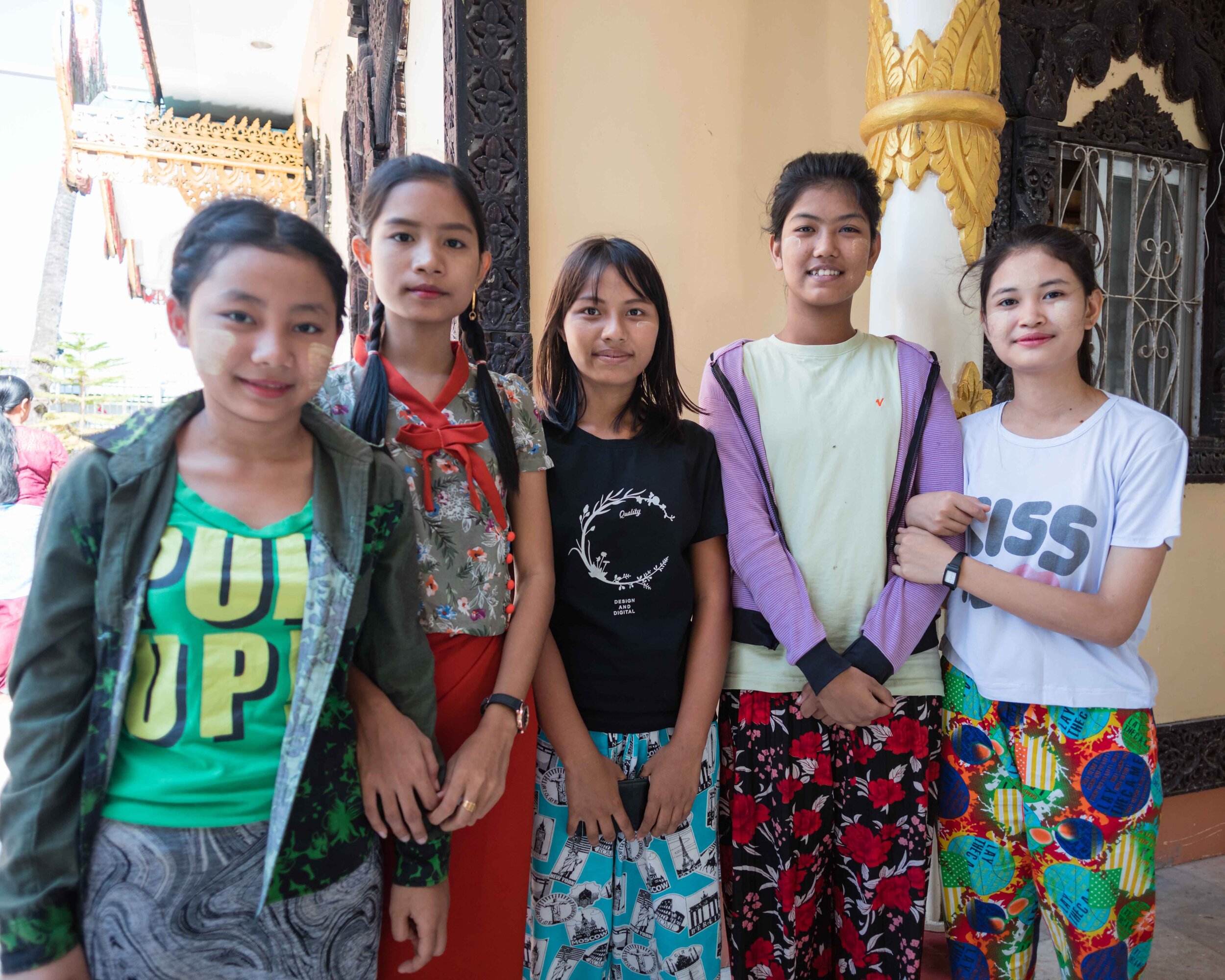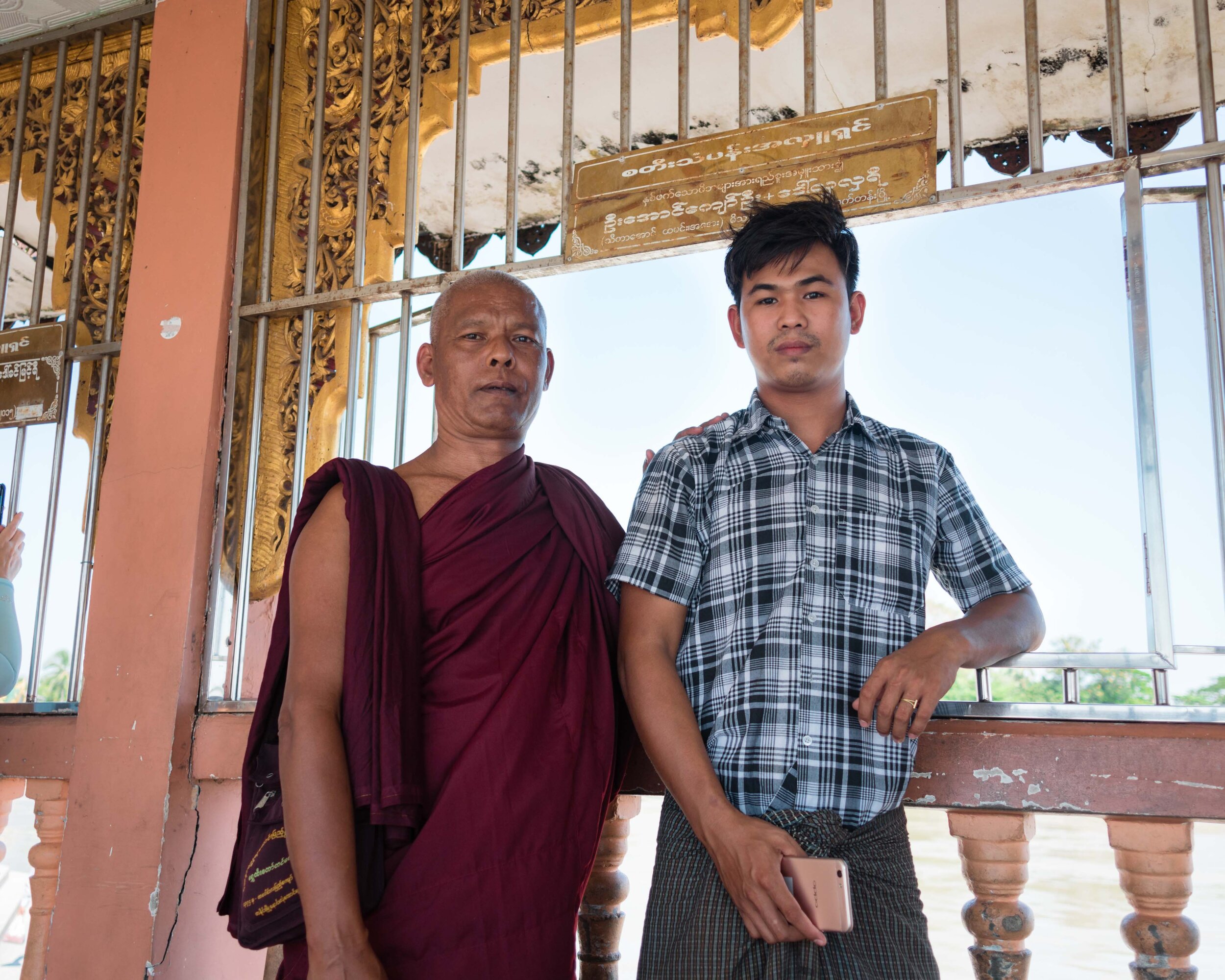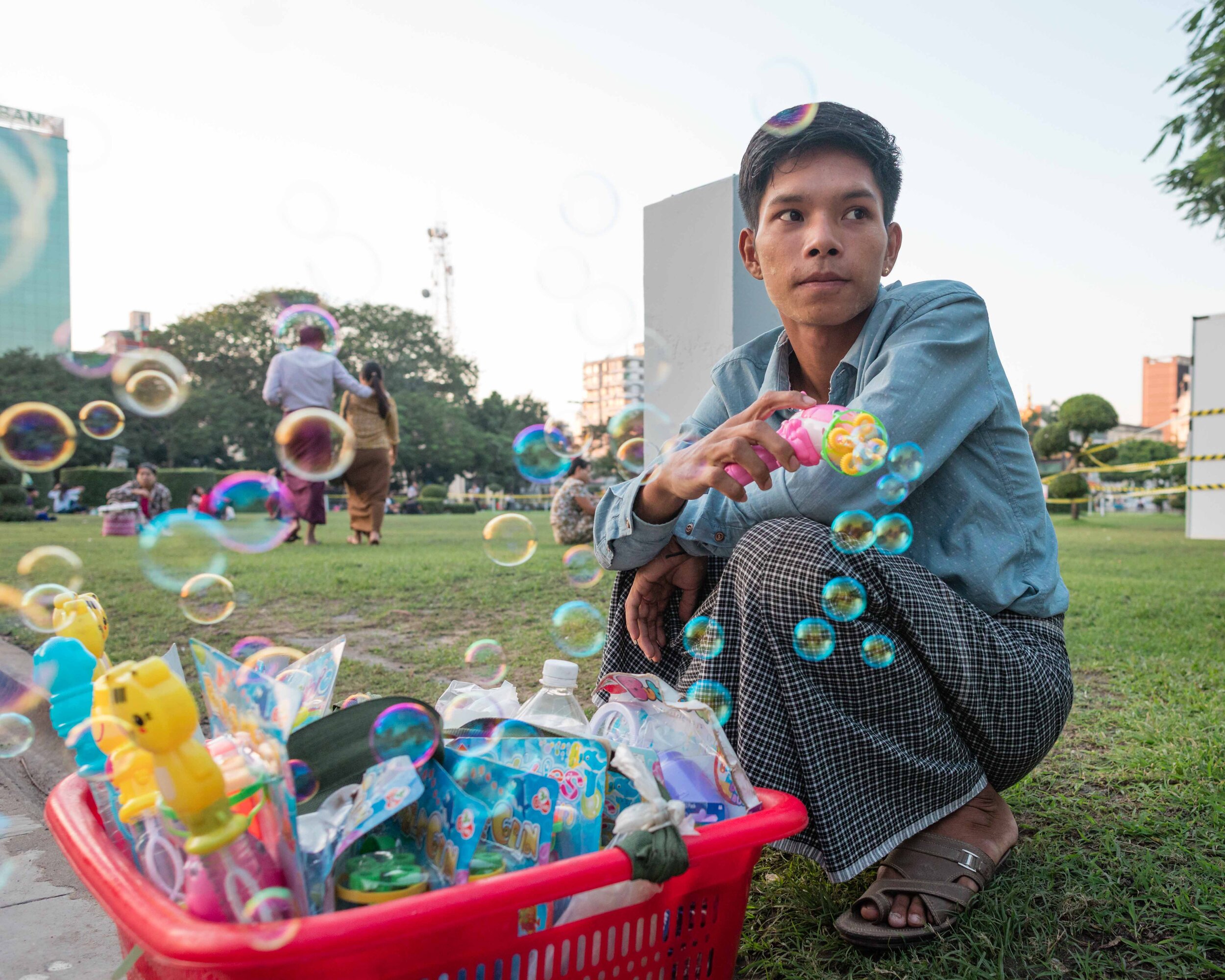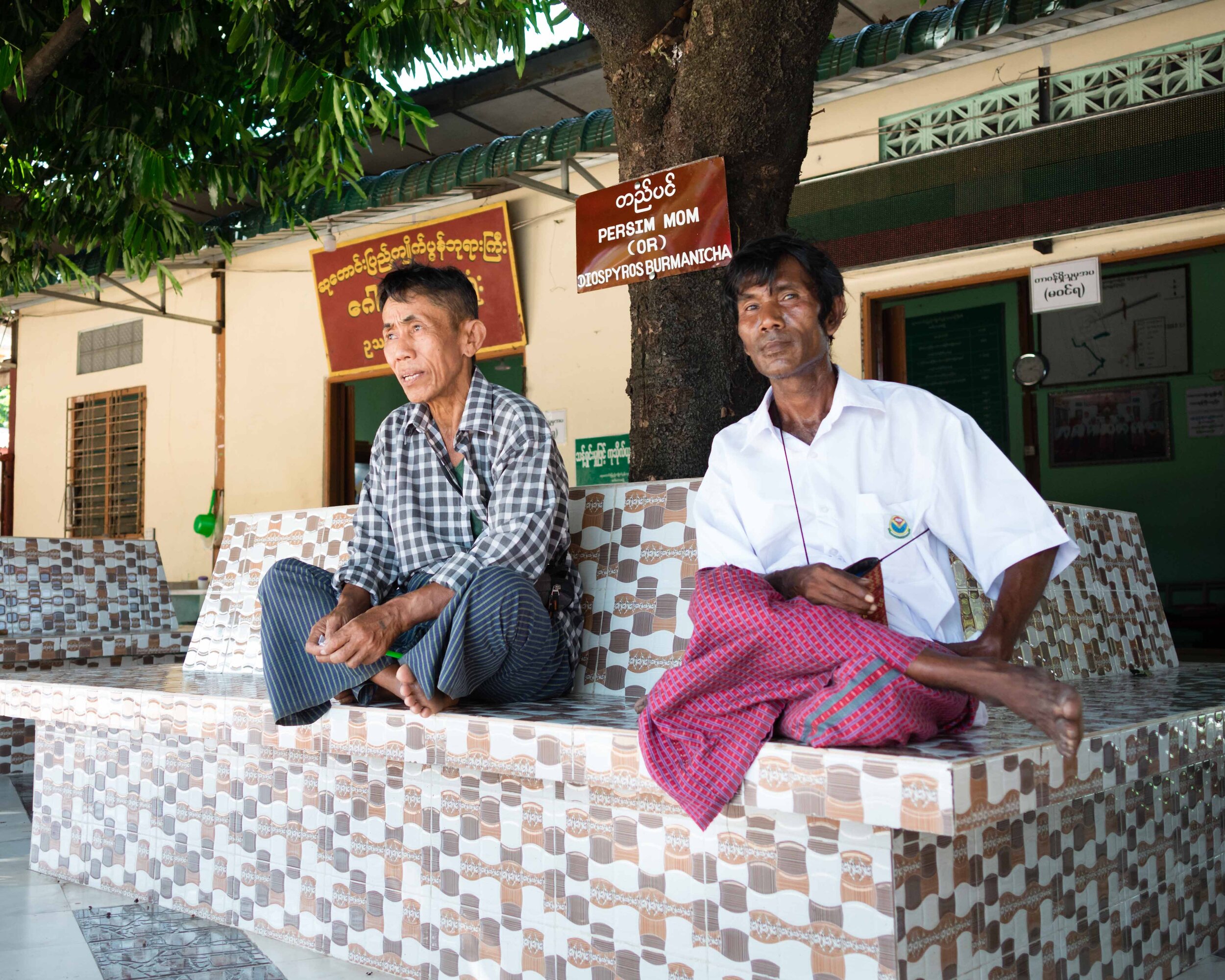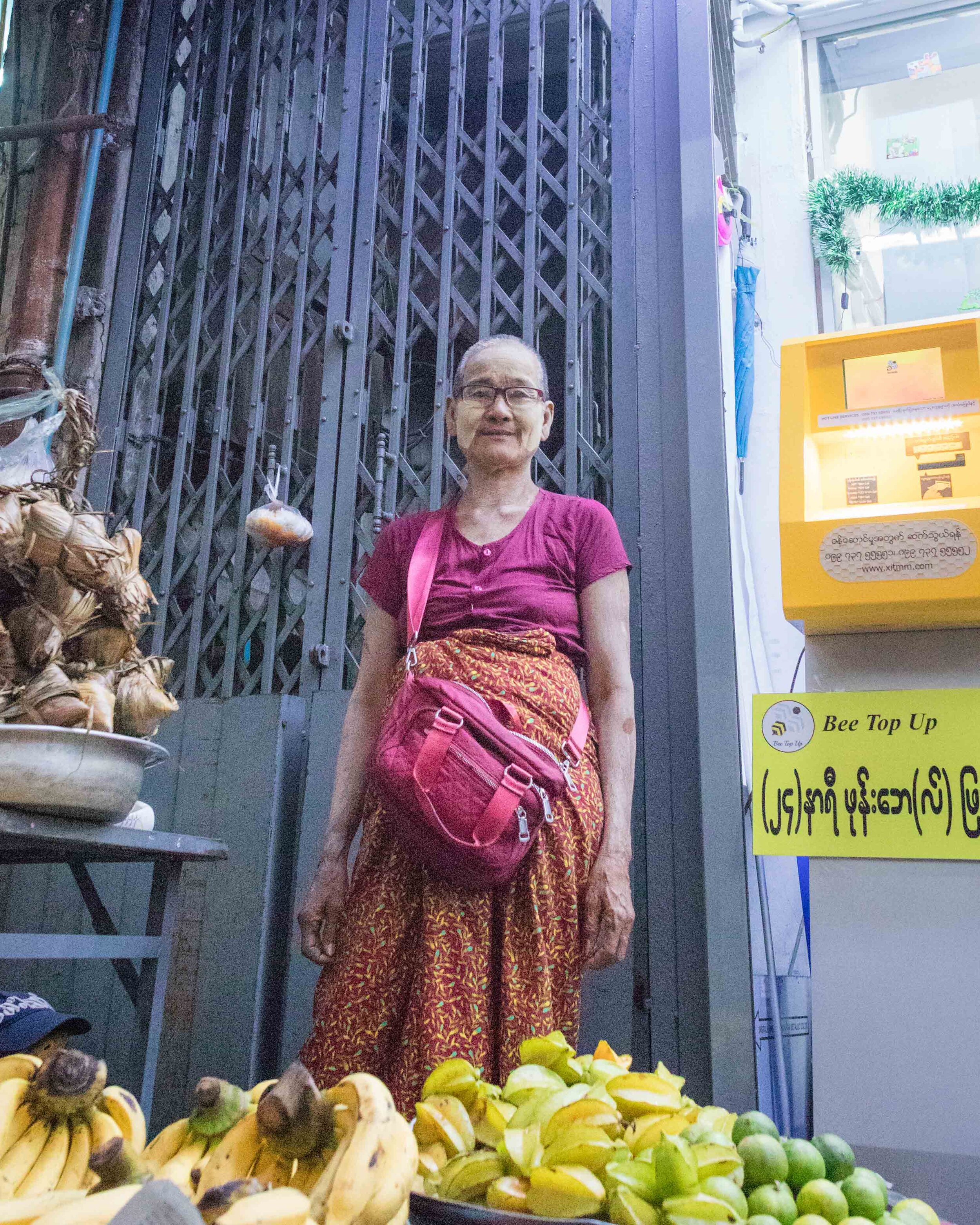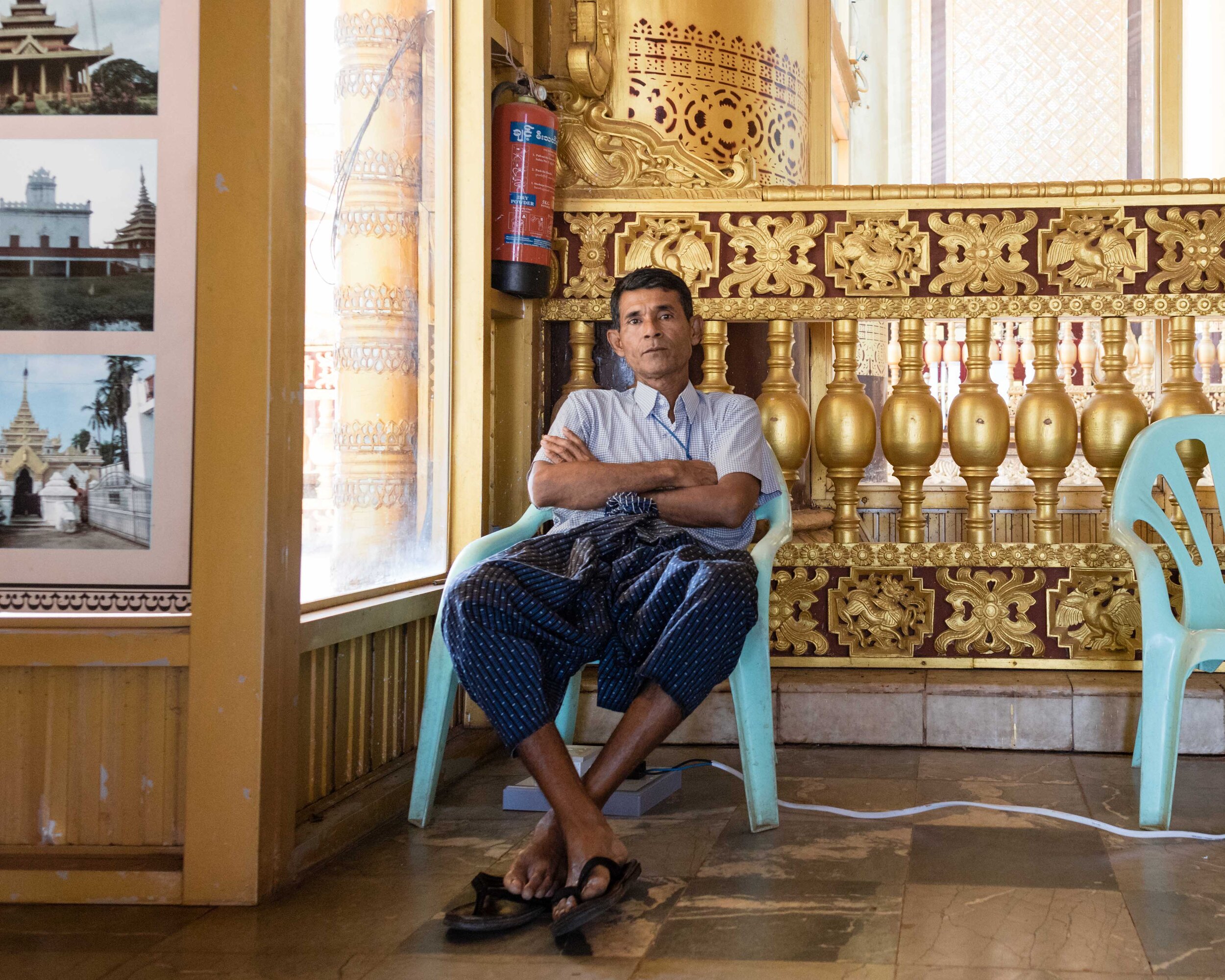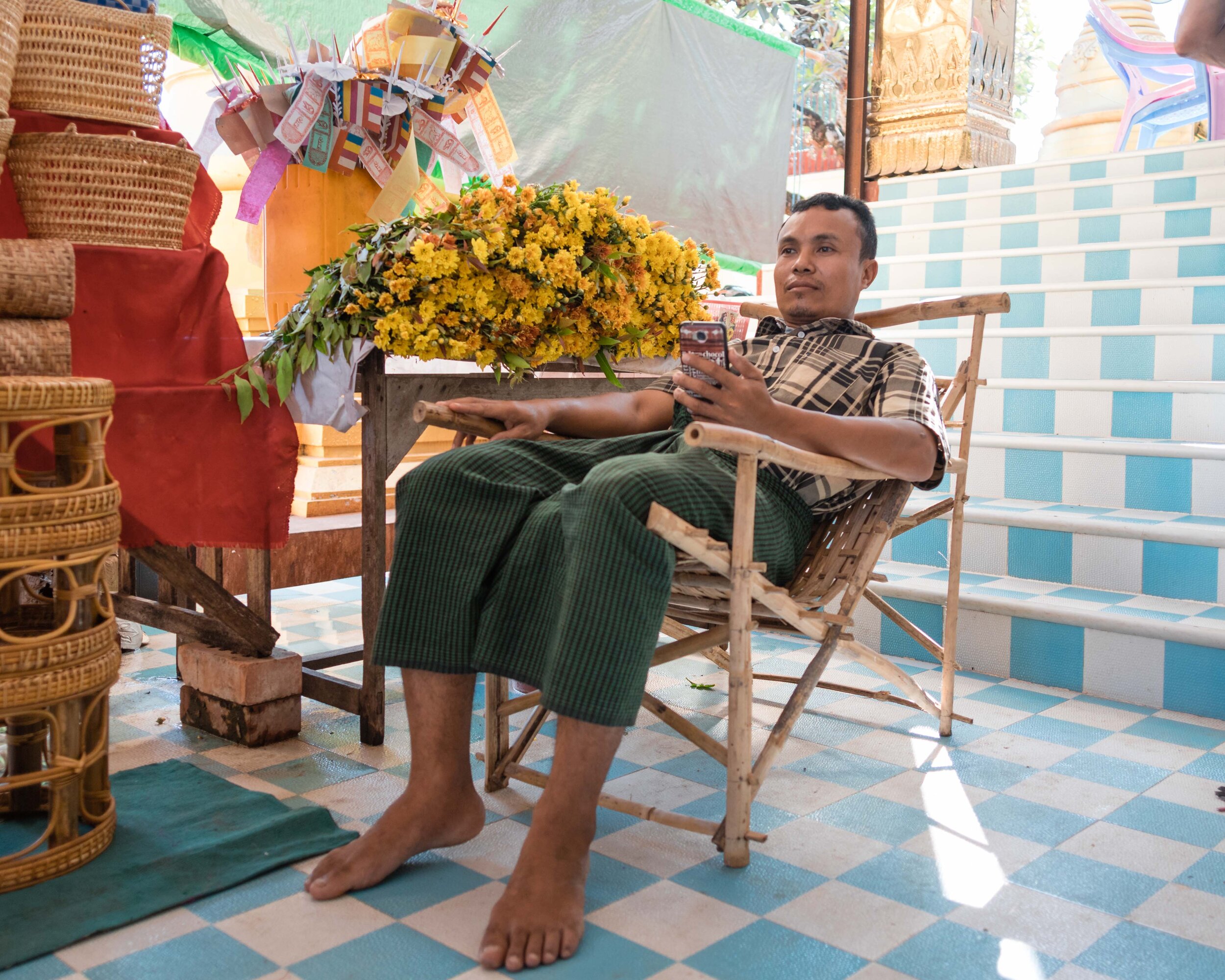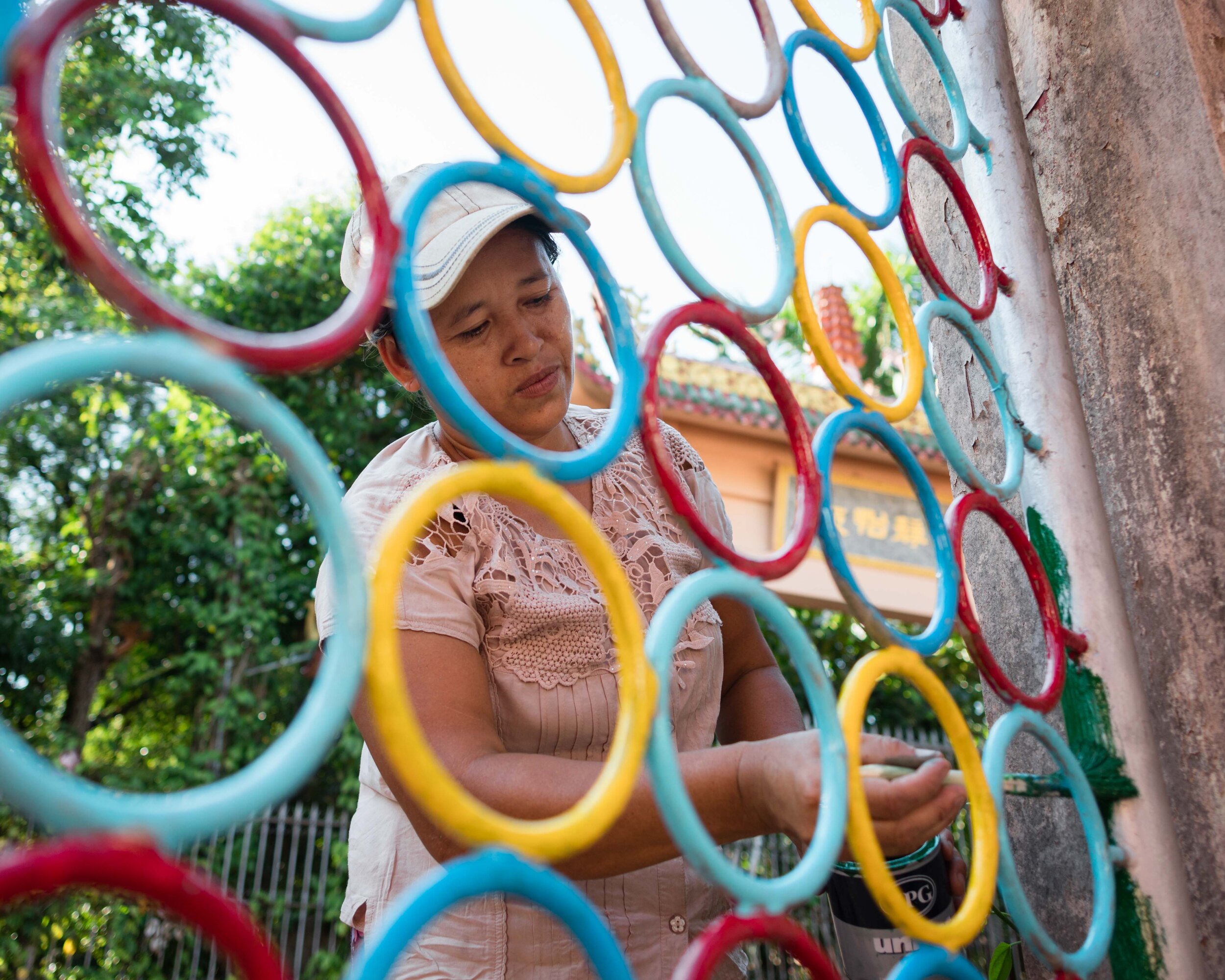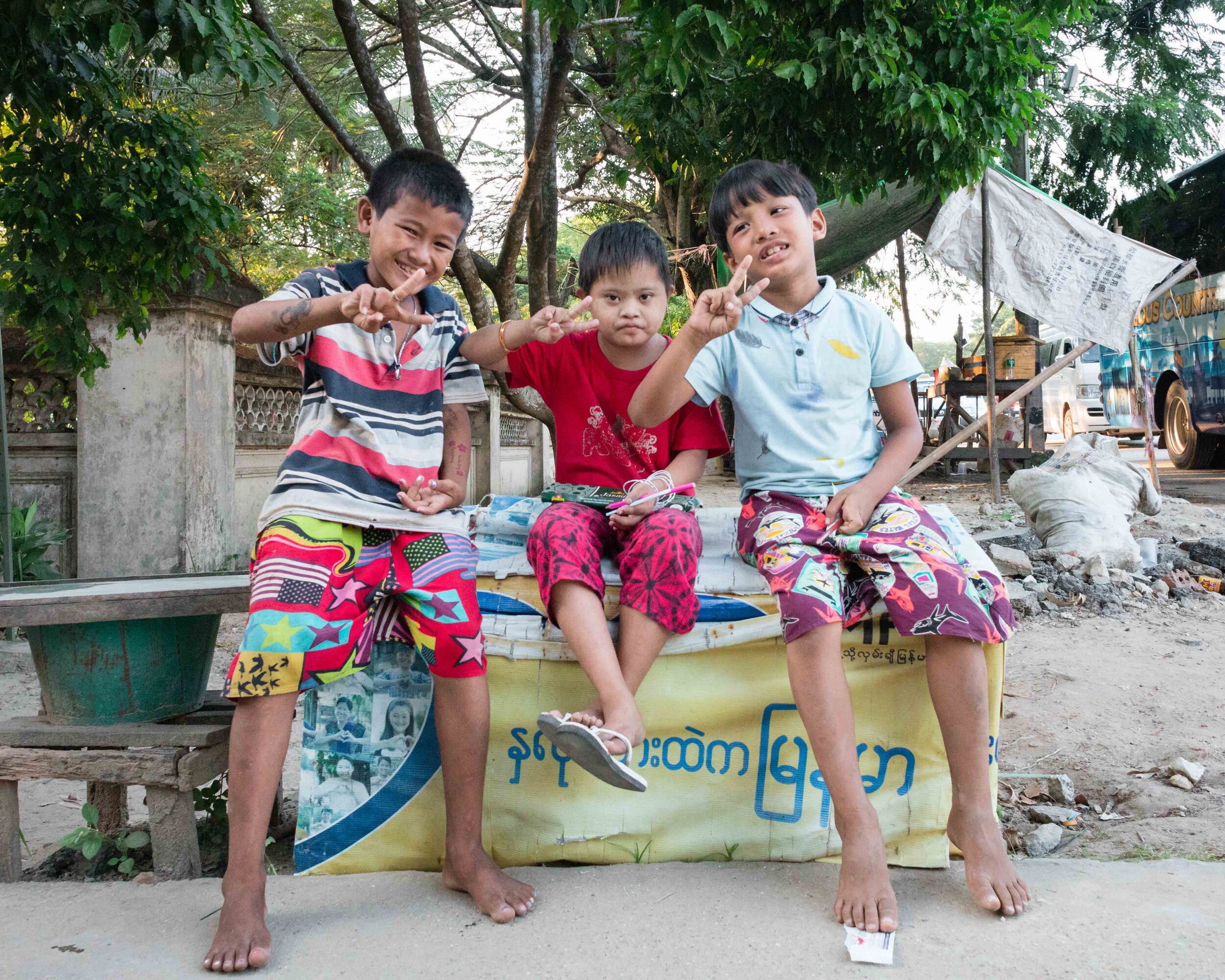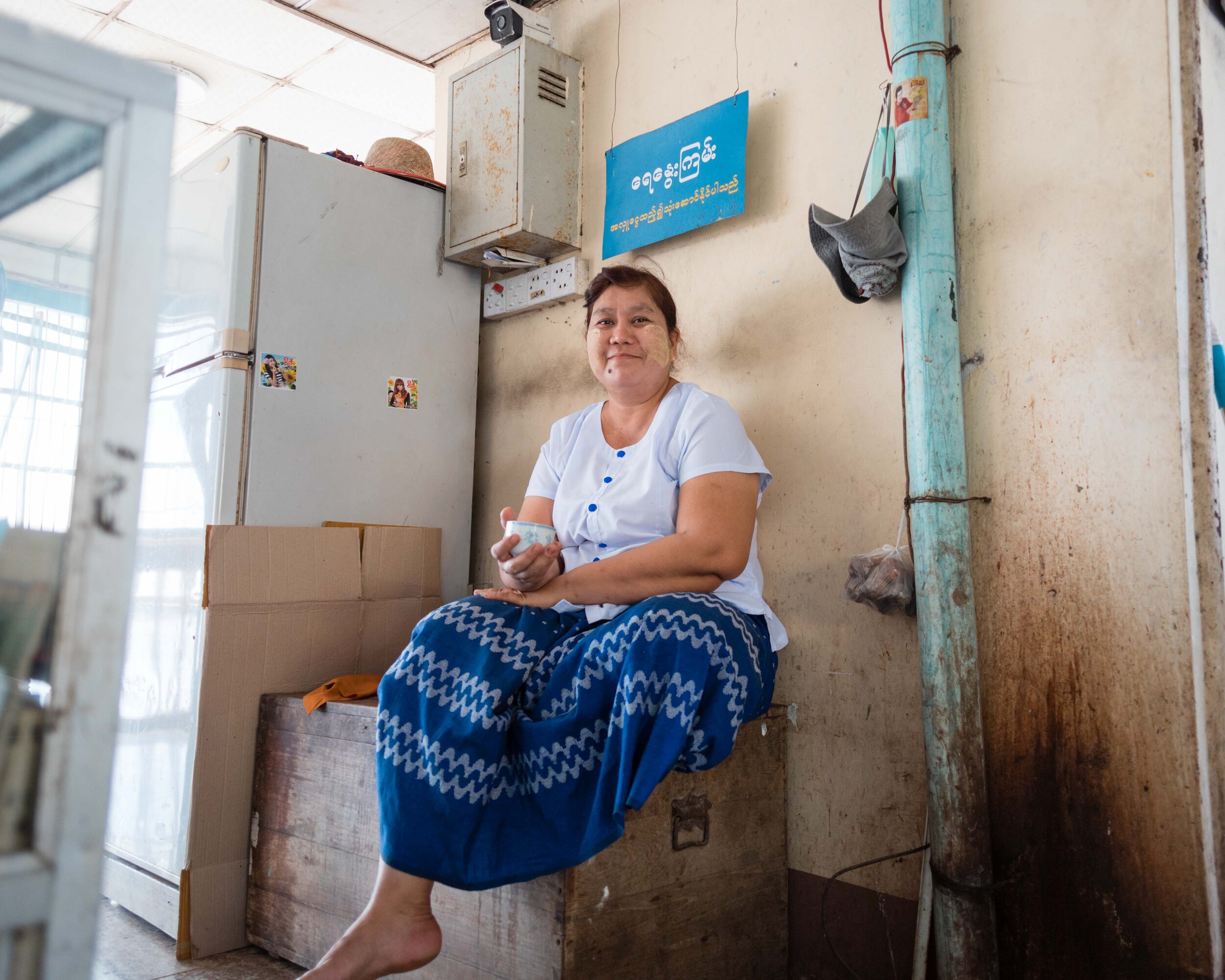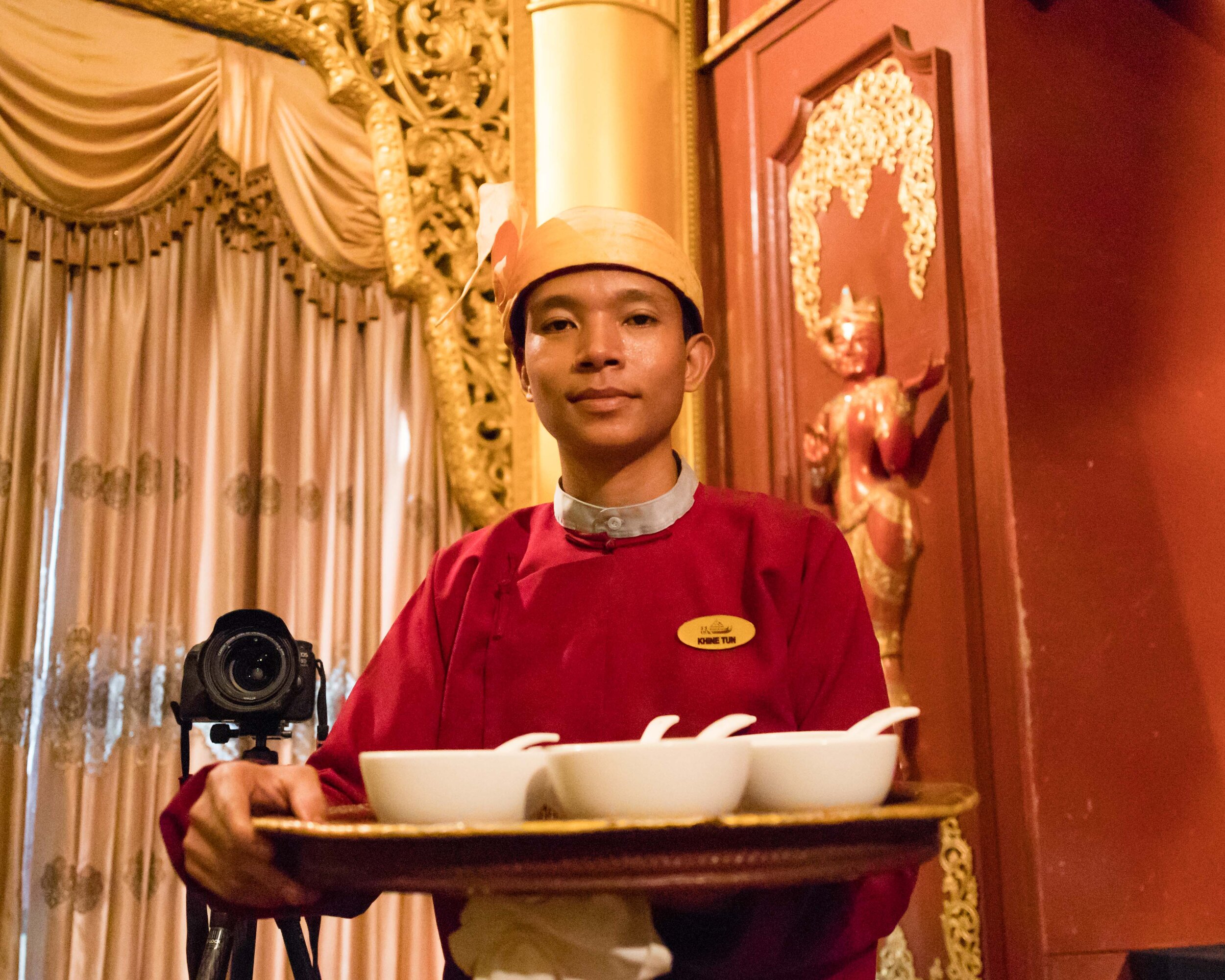Streets are where some of the world’s best photography are made. Yet in reality, capturing these impactful frames can be quite a challenge because people’s reactions make us feel like creeps.
Shooting street photography can be creepy, but it doesn’t have to be. There are three most common approaches to street photography and the level of creepiness varies based on your approach. In your work as a street photographer, you might oscillate between theses approaches and so you will find yourself doing creepy things at some point when shooting street photography. But it certainly doesn’t have to be the case!
Firstly, street shots with an architectural focus are seldom creepy. Secondly, general streetscape shots that happen to include some people can be regarded as creepy. These are usually taken at a distance, which are considerably less creepy than the third, street portraits, in which the photographer isolates individuals or groups on streets to make a close-up capture. To overcome this uneasiness, the key is to stop caring about people’s reactions, time your shot, and be familiar with manual shooting.
This article will cover what the three approaches are, and how you can deal with this awkwardness (I know that feel) when shooting streets.
If you find this helpful, SUBSCRIBE to my channel via the box on the left to make the most out of my blog! Also, do share it with people who might be interested. Shoot me an email/ DM to share your thoughts too.
Also, Pin this article to your Street Photography Techniques boards in Pinterest if you find it helpful!
I personally enjoy shooting close-ups a lot, because that is where the challenge is. People and their emotions are some of the most impactful photographs you can make, so if you wonder how crazy that looks in reality, here is a video for you to get a better feel of a typical street photography flow in Hong Kong.
This video also touches on how I maximise the accuracy in capturing candid street moments and the techniques I often employ.
Architectural Street Photography
As the subheading suggests, the primary goal in this approach to street photography is to capture interesting looking buildings.
Depending on the photographer’s style and what he wants to convey in his photos, people might be included in the shot sometimes. And if that is the case, the human element is usually kept to the minimal to avoid distraction.
Here are some examples of the results this approach generate. This was a series I shot for the Lisboa Tourism Board on a press trip in 2018.
Lisbon is a great example for demonstrating the architectural approach to street photography. The city has an incredible mix of both ancient and modern looking architecture, which are in itself works of art that are worth photographing.
Sparingly there will be human subjects included in frame, though usually very tiny, because I wanted to show the vastness of the building structure relative to the man.
In this genre of street snaps, the building structures remain the main focus. It seldom bothers any pedestrians and is not quite creepy, in relative terms.
General Streetscapes
The rationale that underlies this approach to street photography is to document an overall situation of an area. While there will most certainly be humans on streets, the focus is neither on people or any particular subject. The only master this genre of street photography serves is streets, without according more weight on one of its constituents than the other.
If this sounds abstract, here are some examples of street photos this approach would typically yield.
These images are pulled from my personal collection of street photography shot over the years. They may feature individuals or large groups, but neither of those are the main point of focus on the composition.
The primary state of mind behind these captures is to freeze the moment and show the streetscape as is.
This approach to street photography can be somehow creepy, especially to those who have little appreciation for art. Precisely because of this intention to capture ‘whatever there is’, the photographer is essentially just trying to capture ordinary moments. Pointing your camera at things that look totally normal could raise suspicion among the crowd that you are actually zooming into a particular individual.
However, this type of photography seldom creates much trouble for the photographer - the shots are rather wide shots, which are usually taken at a distance from the people in frame (if any). Therefore, most people don’t bother with arguing with the photographer and everyone is busy anyway.
Not much techniques are especially required - whenever you find a nice street, just stand there, hold up your camera and shoot. You are not that much of a creep anyway.
Street Portraits
While the idea of it sounds exciting, shooting street portraits in actuality can be very intimidating - I’m not even sure if more so for the photographed or the photographer.
Using this approach to street photography, the images feature individuals or (small) groups as the main subject. As a result, the camera is usually quite close to the subject so that it could fill the frame.
See the below series of portraits I shot at Myanmar as an example.
Here as the images demonstrate, the primary intention behind taking the shots is to document the human subjects. It can be about a person’s outfit, his actions, or interaction between a group of people. The environment is more of an ancillary element that provides basic context to the subjects photographed.
While this type of shots can be challenging to get, the level of creepiness can be quite extreme, depending on how you approach the subject.
For this series of photos shot of the Burmese people, I walked up to them asking for permission to be photographed. Most of the locals were happy to have their photos taken, and that they didn’t find it offensive. Because of their friendliness to foreigners (and photographers), it was a a very rewarding project to work through.
However, in other parts of the world, this probably is not the case. Hong Kong, aka where I am from, has a drastically different street culture. People generally are not willing to appear on camera, and therefore most photographers don’t even bother asking - they simply take pictures of people until we get noticed and sent away (disclaimer: this is not me recommending you be a paparazzi).
As seen in my video, people do shout at photographers and demand that their photos be deleted. In cultural environments like these, street photography are typically seen as quite a creepy activity, especially in light of what I am about to share below.
Documentary Street Photography Techniques
So you have decided that you want to give street photography a go, especially those in which people are featured. Here are some handy tips that you could practice doing and pay attention to, which would massive up your street shot game.
Know your Value
Your photography reflects your state of mind.
Not being able to catch those impactful, head-on shots of interesting people and scenes on streets is a reflection of your inner fear of being judged and made fun of.
In my earlier article “Journey to Becoming a Freelance Photojournalist”, I shared about why it is so important to be assertive and shoot up close. In fact, photojournalism has quite a lot in common with street photography. Photojournalism is about capturing impactful, news-worthy moments that make it to the front pages of global media networks, and thus the tips I shared in that article would apply here as well.
The gist of it is to stand your ground - you are documenting society for a very good reason. People need to learn history to know where they come from, and we, photographers, write history with our cameras.
And honestly, I wonder if these people who sneer at photographers look at old photos because if they do, they will probably enjoy watching your series of photos 10 years later.
So in simple words, understand that what you do is of massive value to the society. The people who judge are rather disillusioned about photographers, I’m afraid.
Once you put yourself in the right mindset, your street photography will instantly improve.
Timing is Key
Refer to my video if you want to see examples of this in action, but as a general rule, identifying a photo-worthy scene is just the first step; deciding when to fire the shutter is probably the more crucial bit.
With enough practice, you will observe that there is many times a pattern to the way people move. And please put your common sense to use (surprisingly we don’t always use it) - you will be able to predict the person’s next move with more accuracy each time you attempt to.
The importance of this is that it lets you work out when is the best time to hit the shutter. For instance, should you wait till a person look into your camera but risk that he walks away and missing the shot, or simply take the shot of him facing to the side? Being able to read body language and having a heightened sensitivity to the scene will lead you to the correct decision.
This is what people always refer to as the ‘photographer’s eye’. It is not just about noticing a pretty scene, but going further to understand the subject, develop your own interpretation of it, and take the picture at the right moment.
Be Familiar with Shooting on Manual
Following from the tip above, many scenarios only present you with one chance of getting the shot. You either get the perfect shot, or miss the moment altogether. There is seldom middle-ground.
Therefore, you can’t afford to risk having the wrong settings on your camera. And if you think shooting on auto mode could be the easy solution, sorry, this is just wishful thinking!
As I explained in an earlier article “5 Fast and Free Ways to Learn Photography Yourself”, I briefly explained why shooting auto can only bring you so far in photography. Especially in situations where you need a greater level of control due to the time constraints, there is no shortcut but to learn to shoot on manual.
In the same article, I have linked you to some external resources that explains the exposure triangle in a concise fashion. Specifically for street photography, I also have a guide on how to get started with shooting on manual mode, in which I broke down my thought process in determining camera settings in an absolutely easy to follow manner.
Summary
In this article, we talked about:
The three approaches to street photography,
How creepy each are relatively, and
How you can overcome the inertia in shooting better street photography.
More sharing coming soon!
SUBSCRIBE via the box on the left for more PRO tips, and follow me on Instagram (@_bjiao__) and let me know what you think in the comments!
Share this article on Pinterest too!
Keep shooting, keep creating!
The mission of this blog is to provide the best insider information in the photography industry, as openly as possible. You have direct access to my
first-person experience as an aspiring photographer who talks, but also works.
Honest opinion are rarely available as public resources because this is a competitive industry. Huge sums are made when such information is delivered in the form of mentorship and workshops.
This blog is a great way in which I cover my daily expenses, but also provide real value.
If you have learnt something that would be worth at least $10, please consider donating to the page. This enables me to keep creating content and helping more people sustainably.
Your continued support for the blog is appreciated!

